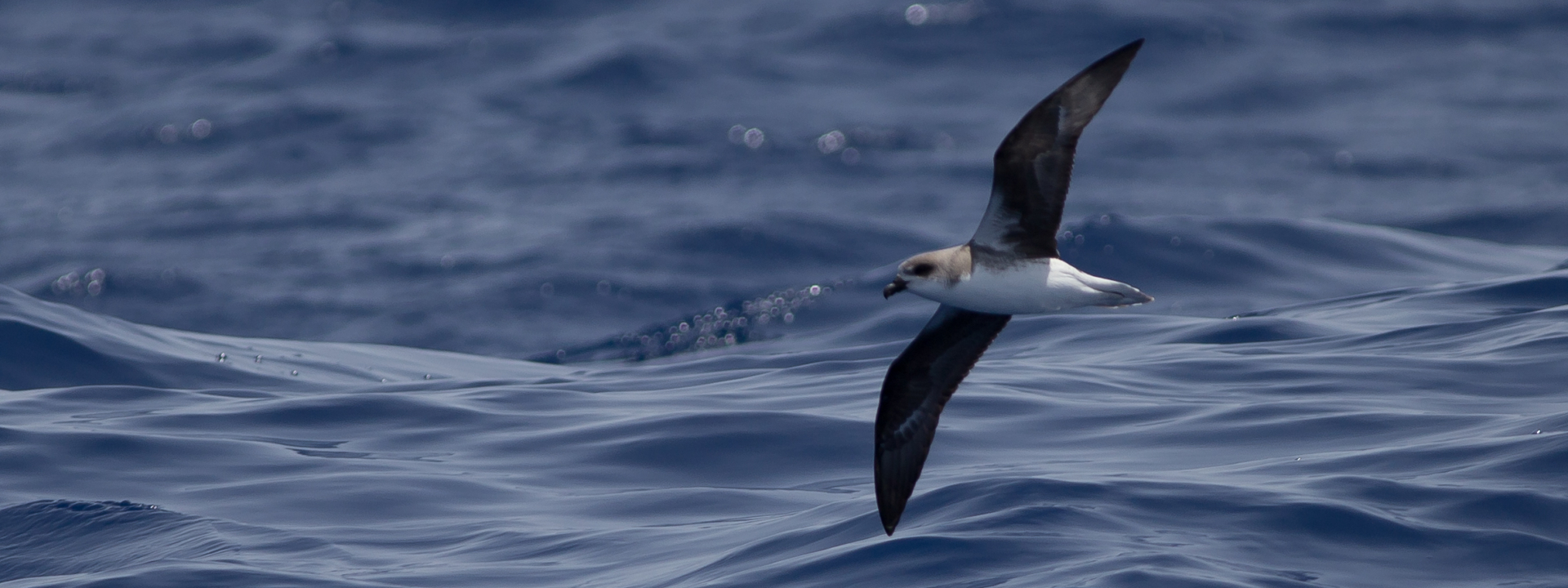West Africa Pelagic
Cape Verdes to Madeira
An opportunity to look for many of the special seabirds which occur off the coast of West Africa including the Western Palearctic’s three Pterodroma petrels, Zino’s, Desertas and Fea’s
We are delighted to be able to offer keen seabirders the first opportunity in ten years to sail from the Cape Verde Islands to Madeira on the “West Africa Pelagic”. This fantastic trip starts immediately after the conclusion of the Atlantic Odyssey (and there is a discount available for anyone who wishes to join both this voyage and the Atlantic Odyssey) and over the course of the next nine days, the ship will head in a north-north-east direction looking for many of the special seabirds of this region.
Tour Dates & Prices
Mon 4th May 2026
Tue 12th May 2026
- Phone Us to Book
Tour Cost: 9 Days from £2250
What's Included?
- Voyage with accommodation as booked, including all meals from dinner on day 1 until breakfast on day 9.
- Zodiac cruises if applicable, port taxes, services of ship’s team, daily seawatching sessions and evening log (at sea).
- Services of ship’s naturalists and guides, pre-voyage information pack and bird and marine mammal checklist.
- Services of WildWings/Limosa guide if group is 15 clients or more.
Cost Excludes
Flights, transfers, visa costs, onboard crew gratuities, meals before boarding and after disembarkation, optional birding excursions before and after the voyage, travel insurance, pre and/or post voyage hotels if required, other drinks and items of a personal nature.
Notes
Cabin Options and Prices
- Quad berths (upper and lower) porthole and private facilities: £2,250pp
- Twin share (lower berths) portholes and private facilities: £2,775pp
- Twin share (lower berths) window and private facilities: £3,050pp
- Twin deluxe (lower berths) window and private facilities: £3,475pp
- Superior (double bed) window and private facilities: £3,975pp
Please note:
- all prices are per person. For the cost for a single supplement please contact the office.
- all itineraries are subject to weather, local conditions and final approval by the relevant authorities.
- for all expedition cruises, WildWings is acting as agent for the ship operator, and you will need to sign up to their terms and conditions.
Tour Highlights
- cruise from Praia, Santiago Island (the capital city of the Cape Verde Islands) to Madeira on the comfortable expedition ship M/V Plancius
- look for an amazing variety of seabirds including Fea’s, Desertas, Zino’s and Bulwer’s Petrels, Cape Verde, Madeiran and White-faced Storm Petrels and Cape Verde, Cory’s, Boyd’s and Barolo’s Shearwaters
- opportunity to explore the Cape Verde Islands before boarding where a number of endemic species and subspecies can be found including Bourne’s Heron, Cape Verde Buzzard, Cape Verde Swift, Cape Verde Warbler and Cape Verde Sparrow
- if conditions are suitable join a zodiac cruise offshore from Raso Island (landings are not permitted) to look for the endemic Raso Lark as well as Brown Booby and Red-billed Tropicbird
- sail offshore from the remote Selvagen Islands which are arguably one of the best places for seabirds in the Western Palearctic and where there are vast colonies of breeding seabirds
- opportunities to see an impressive list of cetaceans with the possibilities including Fin, Sperm, Northern Bottlenose and Cuvier’s Beaked Whales, Common, Pantropical Spotted and Bottlenose Dolphins and the chance of rarer species such as Rough-toothed Dolphin, Blainville’s Beaked Whale and Pygmy Sperm Whale
Outline Itinerary
-
Board expedition ship in Praia, Santiago. Sail mid-afternoon
-
Cruise offshore from Raso, Sao Nicolao and Sao Vicente, Cape Verde Islands
-
Sail NNE offshore from West Africa
-
Sail through the Canary Islands
-
Sail offshore from Selvagen Islands
-
Sail offshore from Desertas Island
-
Arrive Funchal, Madeira. Disembark
We are delighted to be able to offer keen seabirders the first opportunity in ten years to sail from the Cape Verde Islands to Madeira on the “West Africa Pelagic”. This fantastic trip starts immediately after the conclusion of the Atlantic Odyssey (and there is a discount available for anyone who wishes to join both this voyage and the Atlantic Odyssey) and over the course of the next nine days, the ship will head in a north-north-east direction looking for many of the special seabirds of this region.
The list of possibilities is extremely impressive and we start the voyage around the Cape Verde archipelago where we will hope to find Red-billed Tropicbird, Brown Booby, Cape Verde Shearwater, Boyd’s Shearwater, Fea’s and Bulwer’s Petrels plus White-faced and Cape Verde Storm Petrels.
The ship will then sail through the Canary Islands before passing the Selvagen Islands which are c.80 miles to the north. These remote islands are arguably one of the best places in the Western Palearctic for seabirds, with huge breeding populations which are believed to number approximately 15,000 Cory‘s Shearwaters, 5,000 Bulwer’s Petrels, 2,000 Barolo’s Shearwaters, 60,000 White-faced Storm Petrels and 1,500 pairs of Madeira Storm Petrels. By cruising offshore in the evening, we hope to witness the spectacle of some of these birds returning to their burrows, with this likely to be one of the major highlights of the voyage.
The ship will then continue onwards to Madeira where we will search for Desertas Petrel, Cory’s Shearwater, Bulwer’s Petrel and Madeiran Storm Petrel which are all known to breed on the Desertas Islands before the seawatching concludes in an area where the highly endangered Zino’s Petrel is known to forage.
With the chance for unexpected additions such as South Polar Skua, Red-footed Booby, Magnificent Frigatebird and White-tailed Tropicbird and an enticing list of potential cetaceans, this voyage comes highly recommended.
Day 1: Embark and sail off the coast of Santiago, Cape Verde Islands
Boarding will commence in the early afternoon at the port in Praia, the capital of the Cape Verde Islands on the island of Santiago.
We will then cruise along the west coast of Santiago before setting a course for the small island of Raso. These waters will be an excellent opportunity to find our first seabirds and cetaceans of the voyage and there should be plenty to enjoy enroute, especially in the evening when the shearwaters and other seabirds begin to return to their breeding islands after a day feeding out at sea.
With the volcanic cone of Fogo off to our port side, we will be looking out for both Cape Verde and Boyd’s Shearwaters plus Fea’s and Bulwer’s Petrels. These waters are also home to an exciting variety of cetaceans including Short-finned Pilot Whale, Bottlenose Dolphin, Common Dolphin with the chance of also finding Pantropical Spotted Dolphin and Sperm Whale.
Day 2: Sail offshore from Raso, Sao Nicolao and Sao Vicente, Cape Verde Islands
We will spend the morning offshore from the small island of Raso which is located in the northwest of the archipelago between the larger islands of Sâo Nicolau and Sâo Vicente. Cape Verde Shearwaters nest in large numbers on Raso, along with Boyd’s Shearwater and both Cape Verde and White-faced Storm Petrels, so we stand an excellent chance of good views of all these species.
Our main target for the morning, however, will be Red-billed Tropicbird which also nests on Raso and can often be seen here gliding along the coastline. Brown Booby is another key species which is frequently seen around the island.
If the conditions are suitable, we may be able to launch the ship’s zodiacs to go in search of the endemic Raso Lark. Whilst landings are not permitted, previous voyages have seen this highly localised species from the water so we will hope to repeat this.
By midday, we will need to be heading northeast and away from the Cape Verde Islands and towards the continental shelf of West Africa. We have a small chance of finding the Western Palearctic’s only population of Magnificent Frigatebirds (which now number just a handful of individuals) but there should be plenty of commoner seabirds to enjoy, plus opportunities to look for cetaceans.
Day 3: At sea heading for shelf edge off Mauritania
The day will largely be spent cruising over deep water as we transit from the Cape Verde Islands to the West African shelf edge off Mauritania. Seabirds and cetaceans will be the order of the day and we can expect to find an interesting selection of seabirds as we head northeast.
Travelling over the deeper water means we may also encounter a different range of cetaceans with chances for a selection of beaked whales, as well as Sperm Whale.
Days 4 – 5: Sailing along the shelf edge off Mauritania and the Western Sahara
We should reach the shelf edge offshore from Nouadihbou in Mauritania in the morning and will spend two days cruising north.
These rich waters are rarely visited by naturalists so we should ‘expect the unexpected’, as well as enjoying good views of plenty of the commoner species. All four species of northern skuas are likely, i.e. Great, Arctic, Long-tailed and Pomarine, and we may well see flocks of Grey Phalaropes, along with Sabine’s Gulls, European Storm Petrels, Kittiwakes and Black Terns.
These northern breeders are sometimes joined by species from the south, such as Wilson’s Storm Petrel and Sooty Shearwater and, if we are extremely fortunate, perhaps even South Polar Skua, a species which it has recently been established heads north into these waters during our spring and summer months.
Any of the rarer seabirds breeding on the Macaronesian Islands are also possible, along with an exciting range of cetaceans which could include Fin, Sperm, Northern Bottlenose and Cuvier’s Beaked Whales, Common Dolphin and the outside chance of rarer species such as Rough-toothed Dolphin, Blainville’s Beaked Whale and Pygmy Sperm Whale. Other pelagic wildlife to look out for includes Sunfish and even the occasional turtle.
Day 6: Sailing through the Canary Islands
We plan to explore the deepwater channels around Gomera in the Canary Islands which are a known hotspot for whales and dolphins. The inaugural 2011 voyage saw Sperm and Short-finned Pilot Whales here plus a number of dolphins including Rough-toothed.
We will also now be in range for Barolo’s Shearwater, another relatively recent split from Little Shearwater, plus we should expect more Cory’s Shearwaters, Bulwer’s Petrels and White-faced Storm Petrels.
Day 7: Selvagens Islands
We hope to reach the remote Selvagens in the afternoon and should first see Selvagen Pequina, however, our intended destination is Selvagen Grande where we plan to spend the evening cruising and looking for seabirds.
These isolated islands, which lie 80 miles north of the Canaries, are perhaps the ultimate destination for anyone interested in Western Palaearctic ‘tubenoses. Huge numbers of petrels and shearwaters breed here, with estimated populations of approximately 15,000 Cory‘s Shearwaters, 5,000 Bulwer’s Petrels, 2,000 Barolo’s Shearwaters, 60,000 White-faced Storm Petrels and 1,500 pairs of Madeiran Storm Petrels.
Many of these species gather offshore in the evening before returning to their burrows after dark, so our evening cruise should be one of the ornithological highlights of this holiday. If conditions permit, we plan to launch the zodiacs for an evening zodiac cruise to enjoy the seabirds and cetaceans at close range.
Day 8: Desertas Islands
We will spend the morning at sea continuing our quest for seabirds and cetaceans but by the afternoon hope to be closing in on the Desertas Islands. These remote islands are part of the Madeiran archipelago and since 1990 have been a nature reserve and designated a Special Protection Area for their important seabird populations.
As a result of this status, the islands and surrounding seas (to a depth of 100 metres) are protected and the reserve is divided into two zones with access strictly forbidden to the southern half of Deserta Grande and Bugio, even by boat.
Despite being unable to get particularly close, we can still expect to see many of the species which breed in the area, with great chances for more Cory’s Shearwaters, Bulwer’s Petrels and Madeiran Storm Petrels which all breed here, along with the endemic Desertas Petrel.
We also have a good chance to observe more cetaceans with the possibilities including Common Dolphin, Bottlenose Dolphin, Short-finned Pilot Whale and perhaps a Fin or Bryde’s Whale. Sperm Whales are the most frequently encountered large whale in these waters and these spend most of the year feeding on squid which they catch in the deep-water canyons that surround the islands.
Another highly endangered species we will hope to find is Mediterranean Monk Seal, as there is a small population (of less than one hundred individuals) which live around the islands.
Day 9: Arrive Funchal, Madeira
We plan to spend the early morning approximately 20 nautical miles north of Madeira in an area where Zino’s Petrel (an endemic breeder on Madeira) is known to forage and we will hope to find this last speciality before heading to Funchal, the capital of Madeira.
The ship should arrive around midday and once clearance has taken place, everyone will disembark.
The Ship: M/V Plancius
Plancius was built in 1976 as an oceanographic research vessel and was used by the Royal Dutch Navy until June 2004 when it was purchased by Oceanwide Expeditions. It is Dutch flagged and has been converted into a passenger vessel which fully complies with the latest SOLAS Regulations.
The ship carries 108 passengers in 50 cabins, all of which have private facilities (ie toilet, sink and shower). There are four quadruple porthole cabins, nine twin porthole cabins, 25 twin cabins with a window and two twin deluxe cabins (all of which are c.15 m²), and ten superior cabins (c.21 m²).
All the cabins have lower berths (either two single beds or one queen-size bed) except for the four quadruple cabins (2 bunk beds).
There is a restaurant, lecture room and spacious observation lounge (with bar) with large windows offering full panorama views.
The ship has large open deck spaces (with full walk around possibilities on deck 4) providing excellent opportunities to enjoy the scenery and wildlife.
Plancius has ten Mark V inflatable zodiacs and two gangways.
Tour Gallery
View a gallery of images for this tour below, click on an image to view as full size with caption
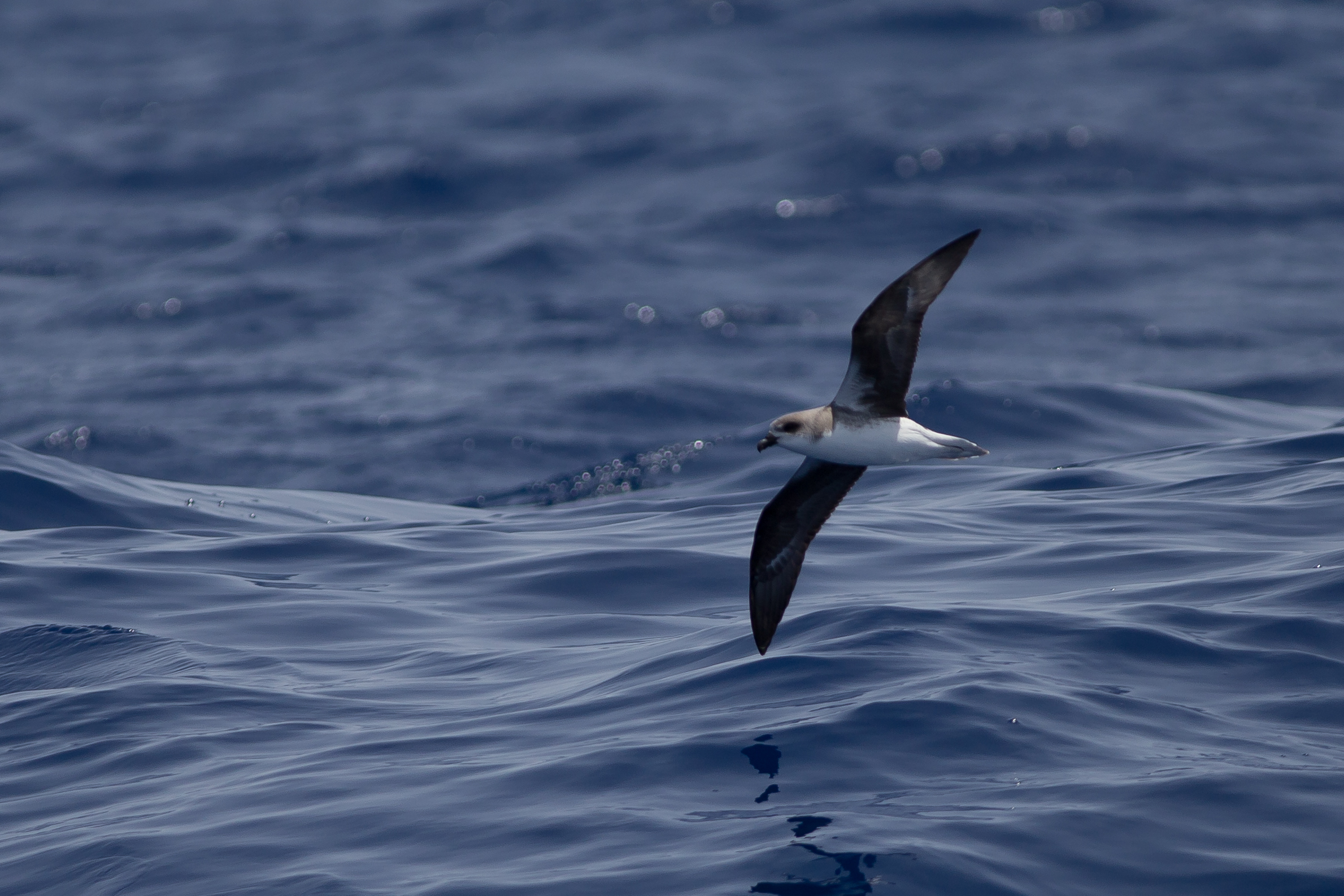
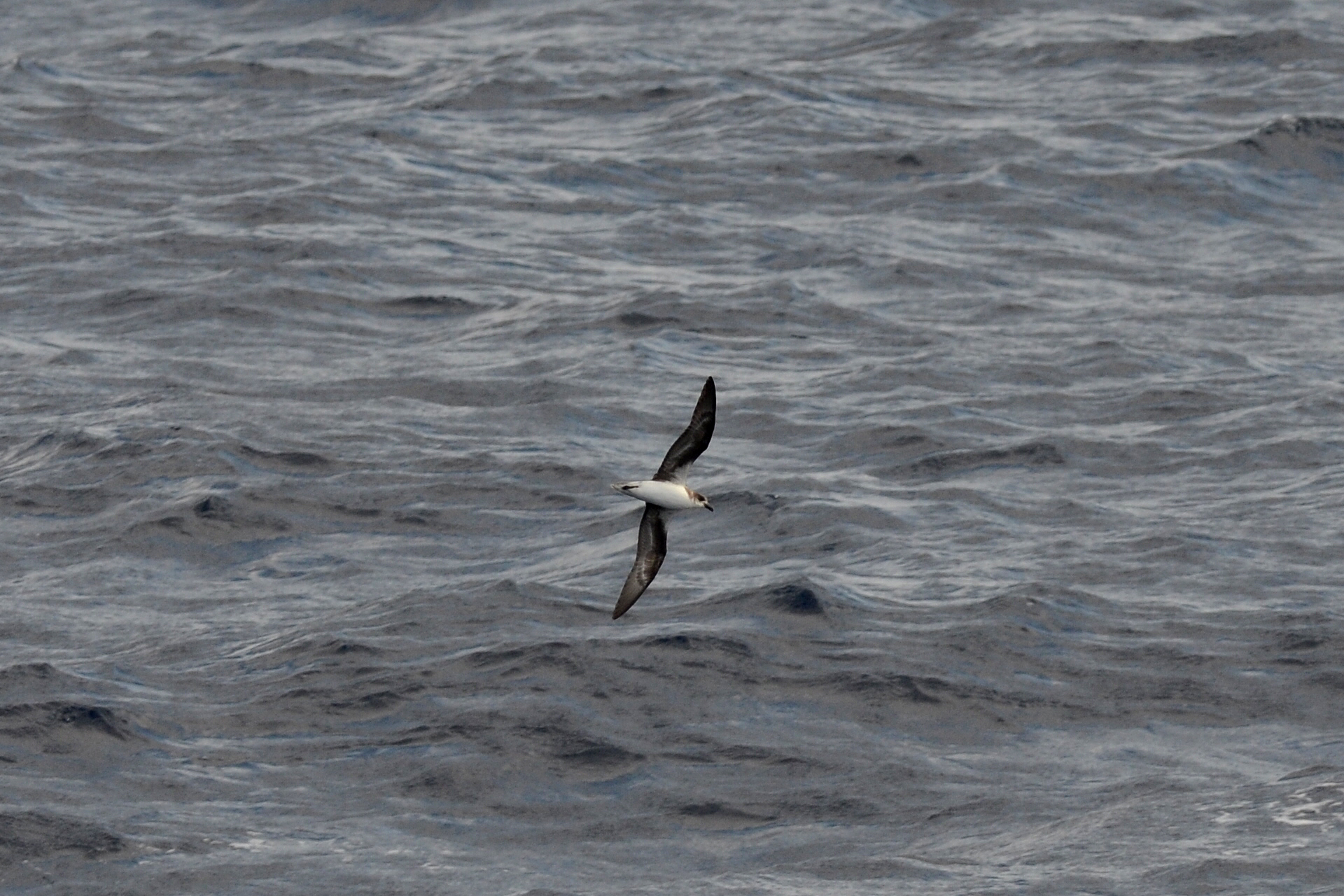
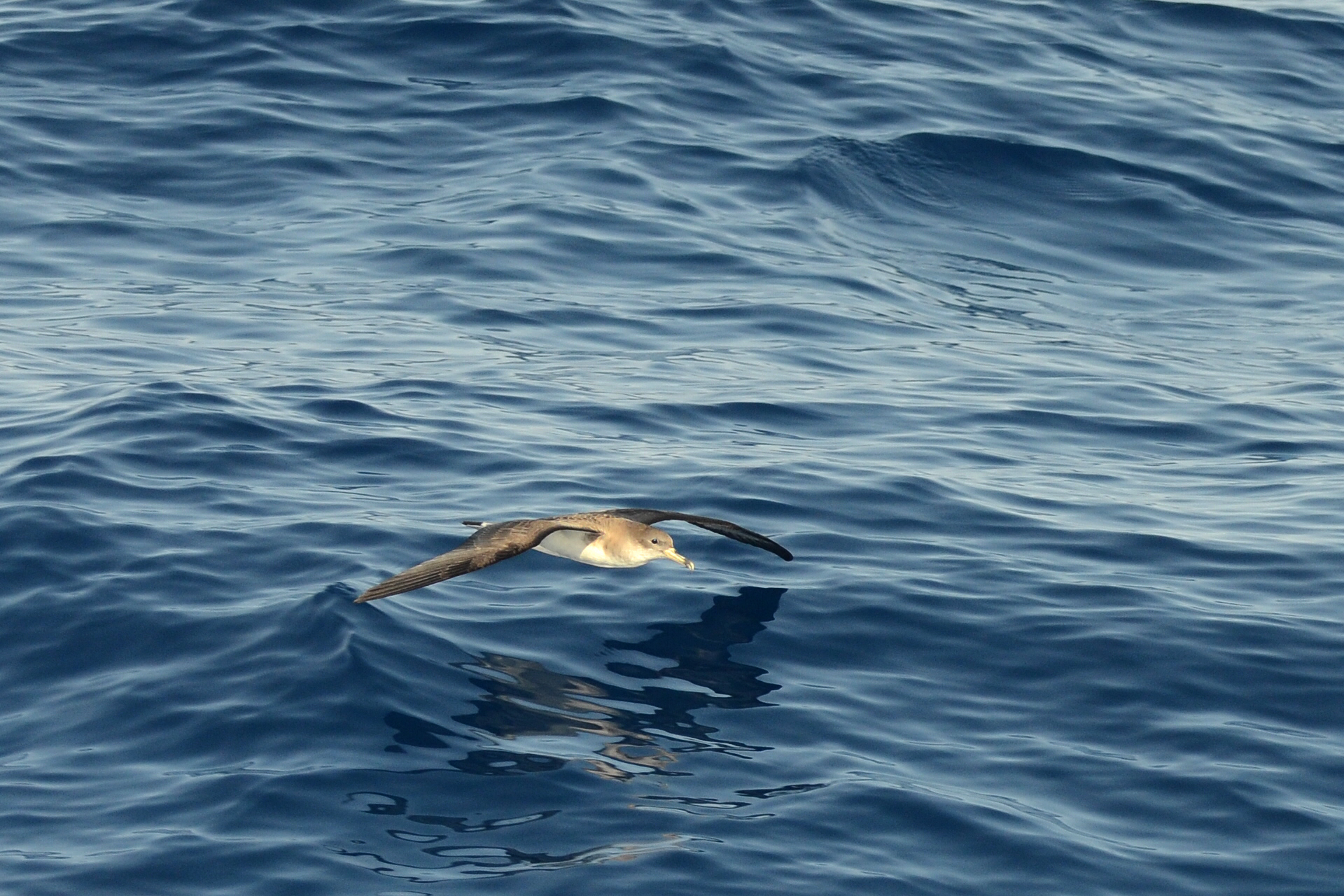
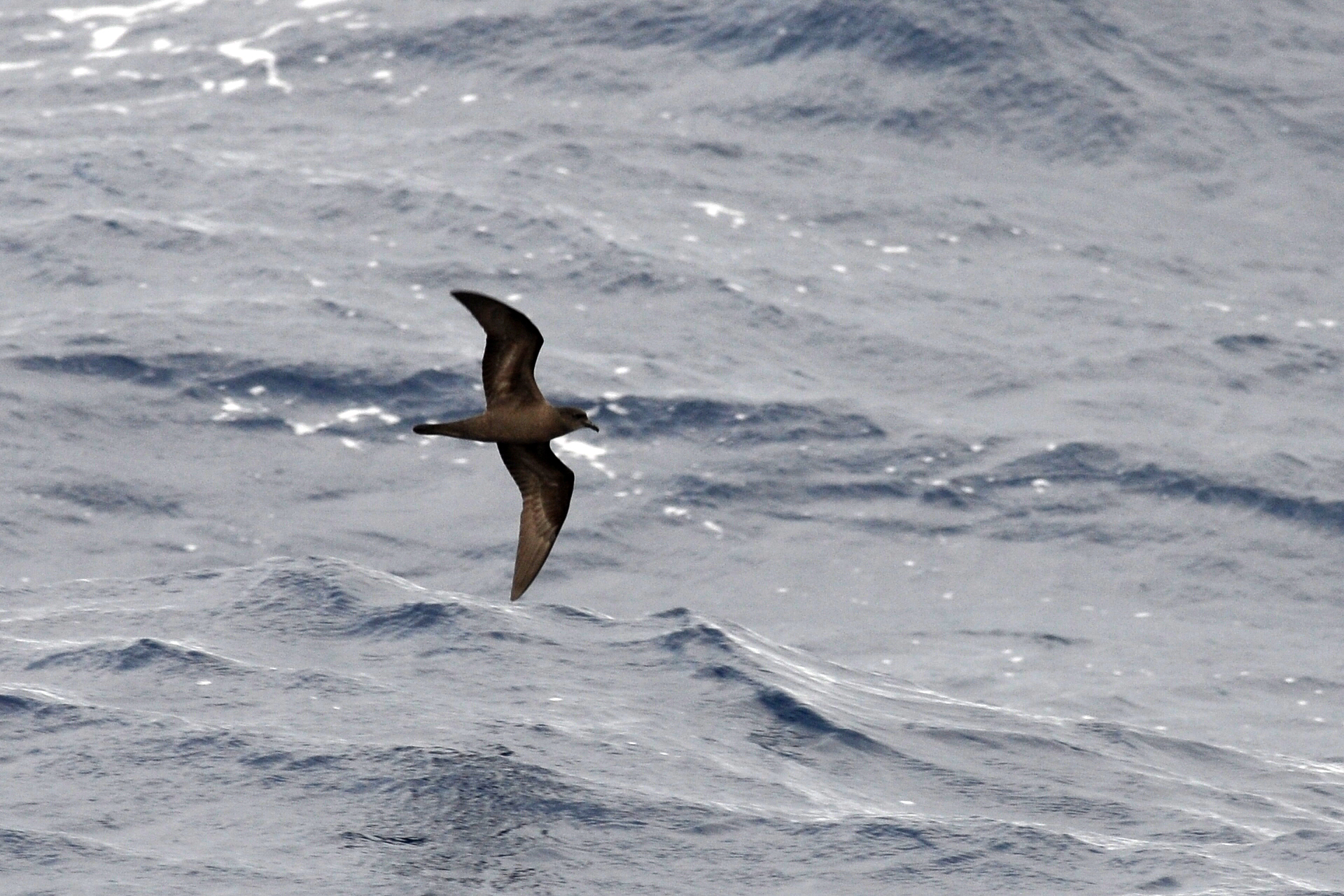
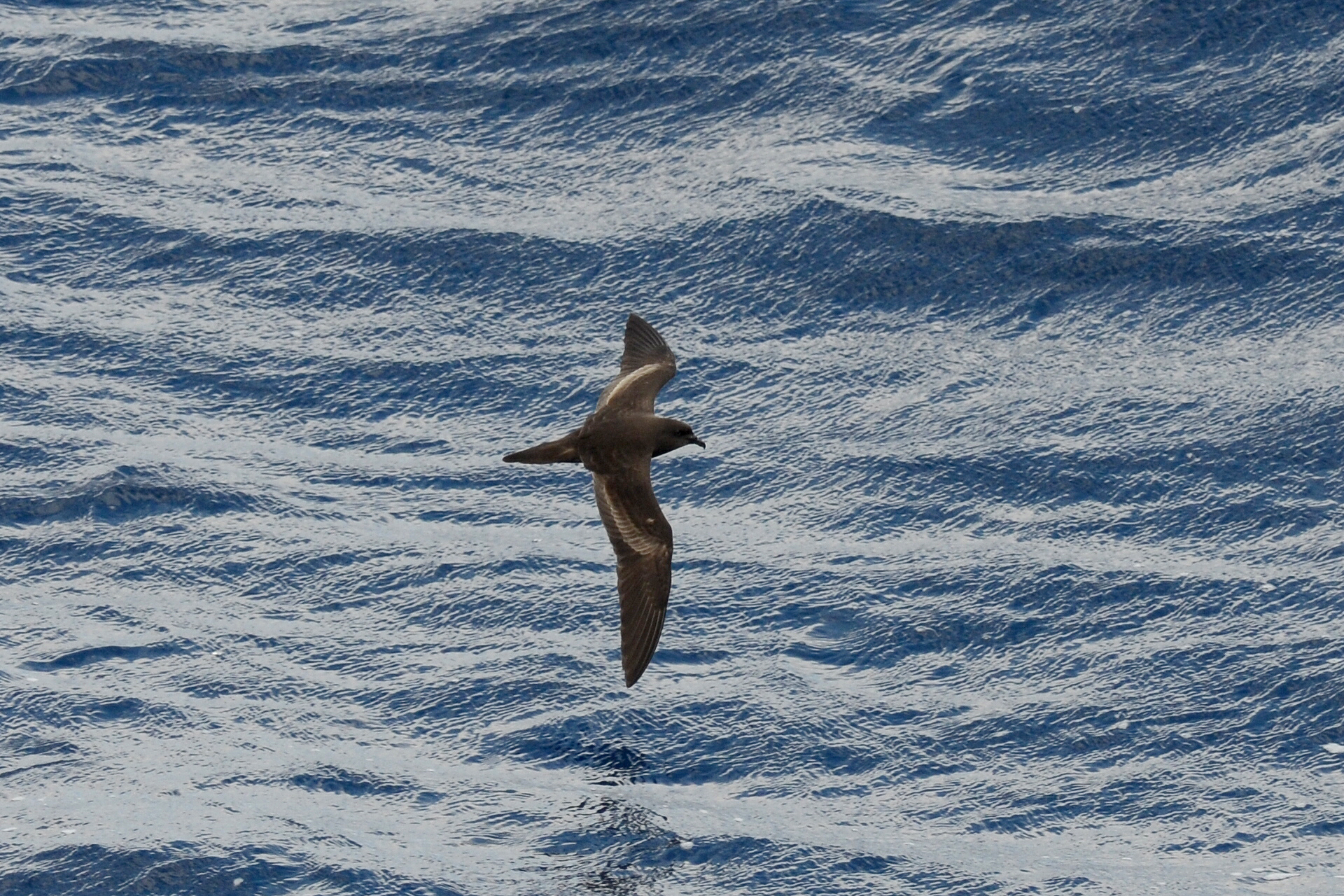
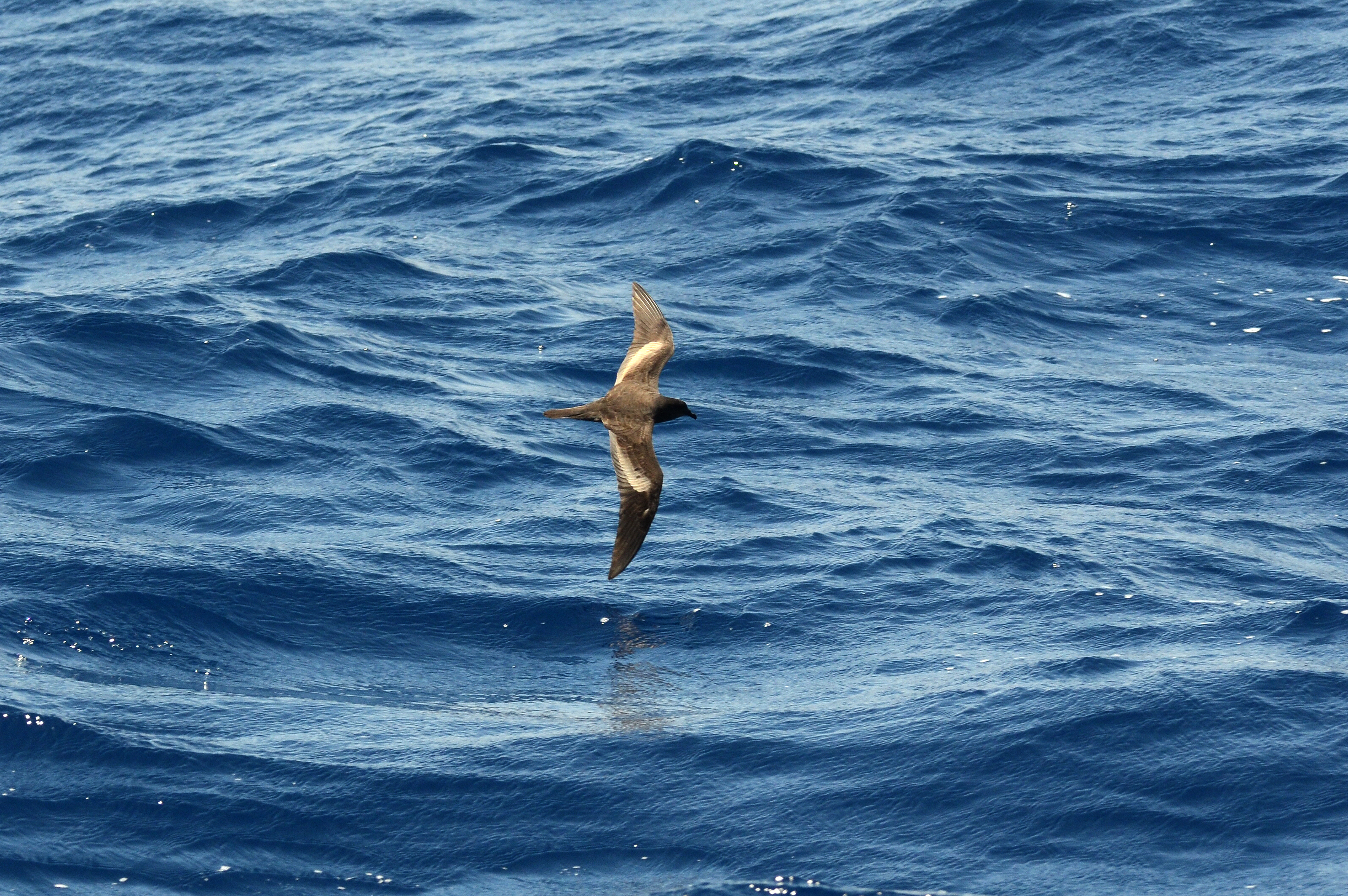
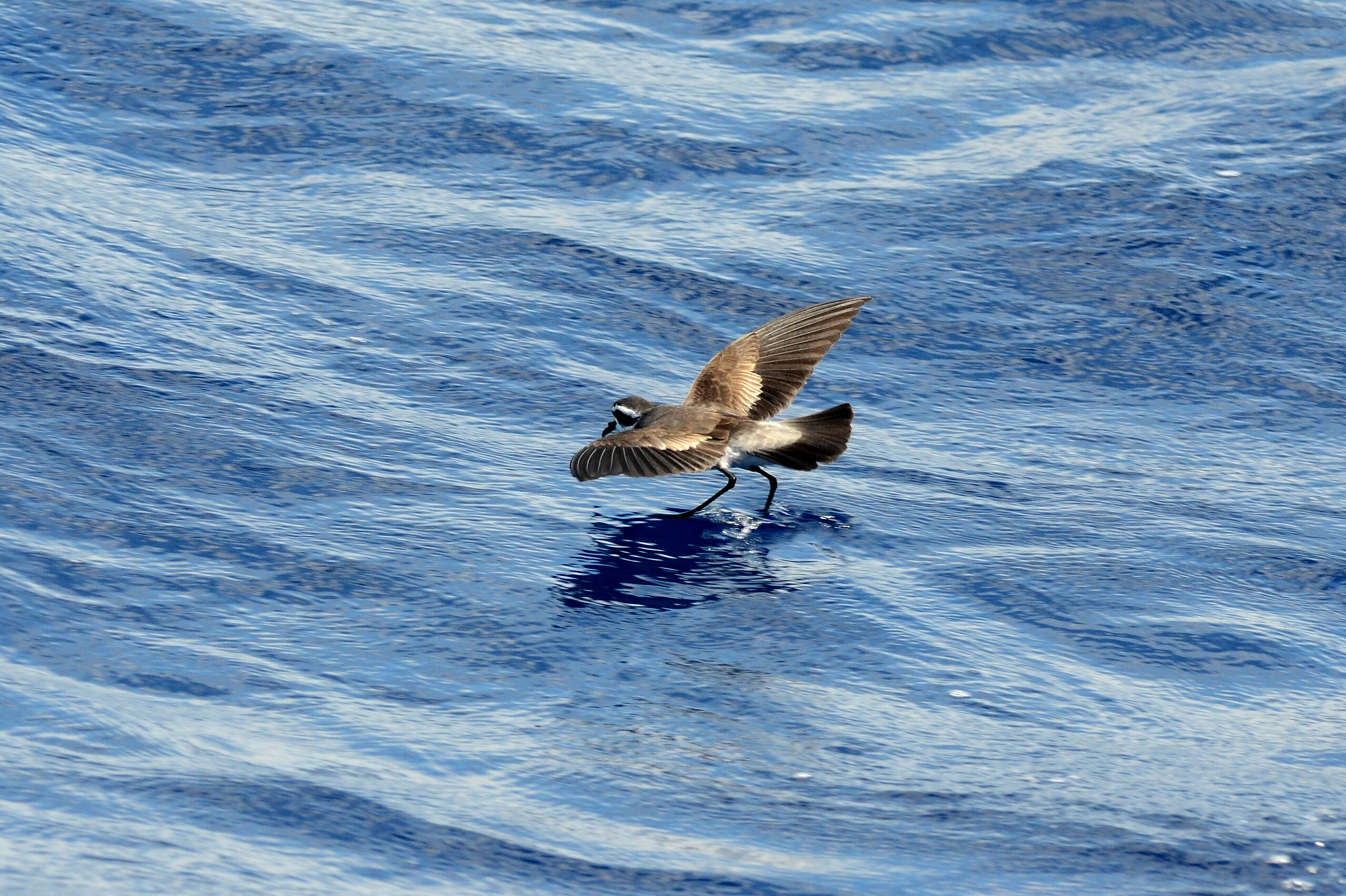
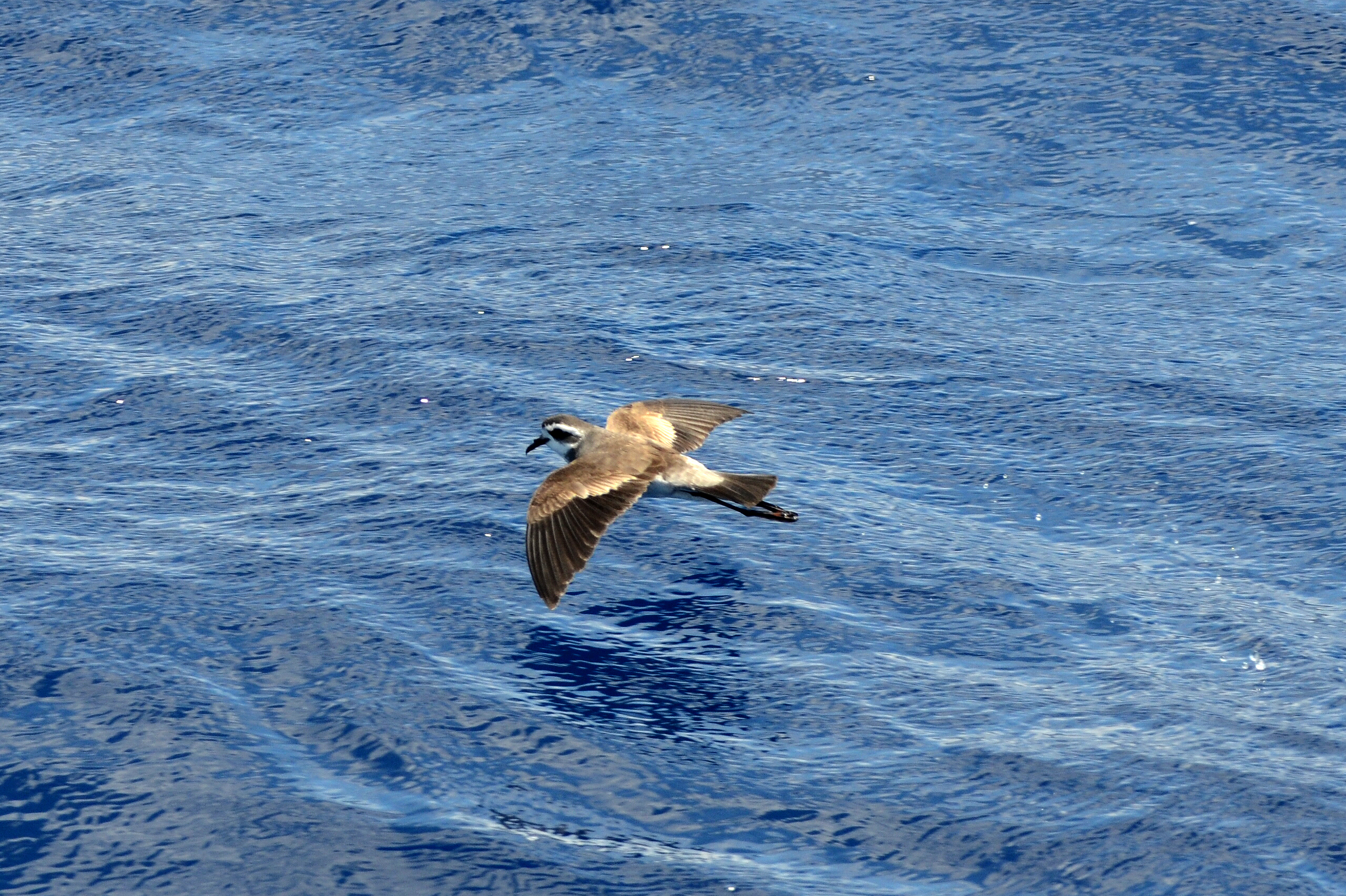
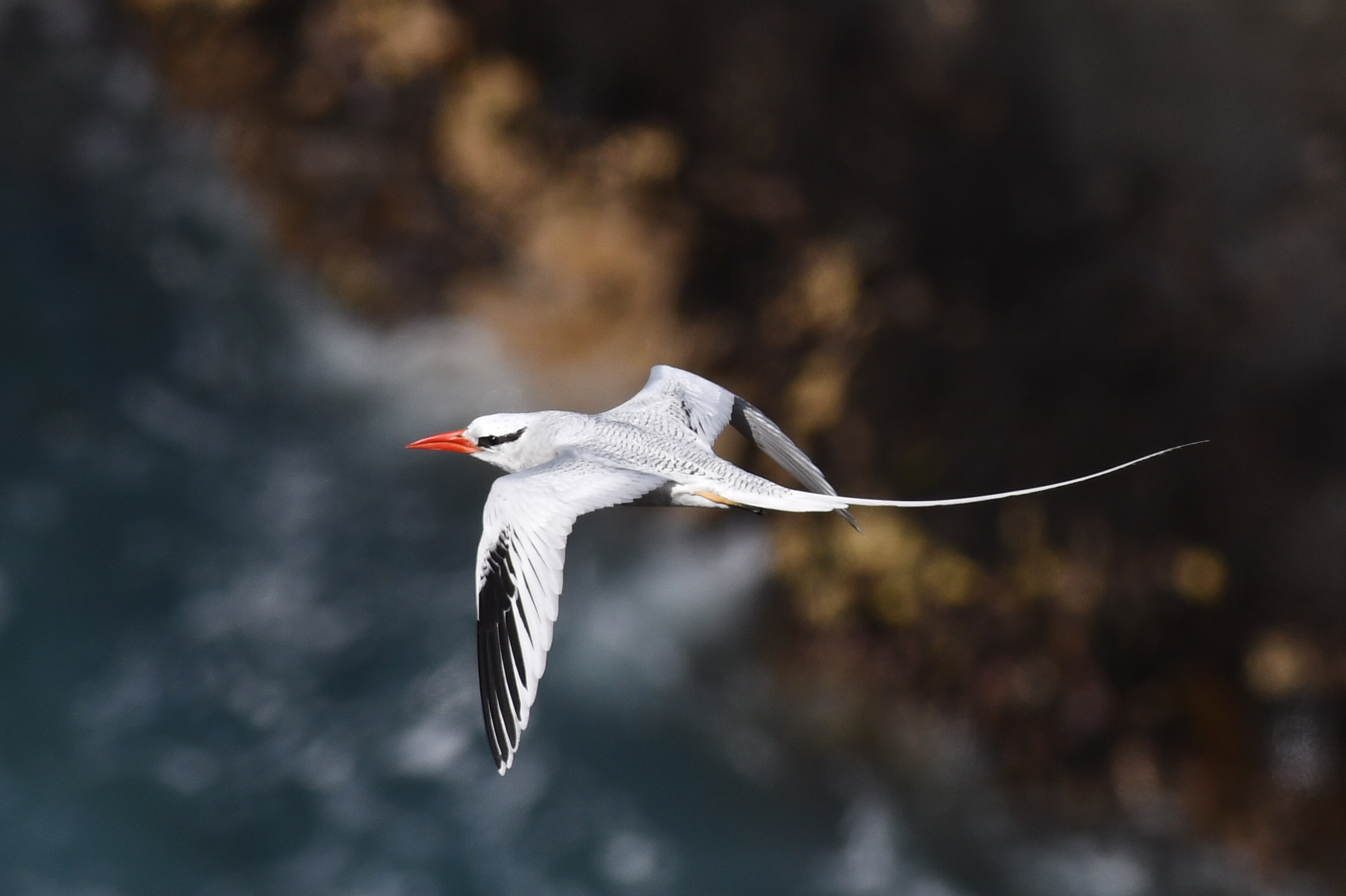
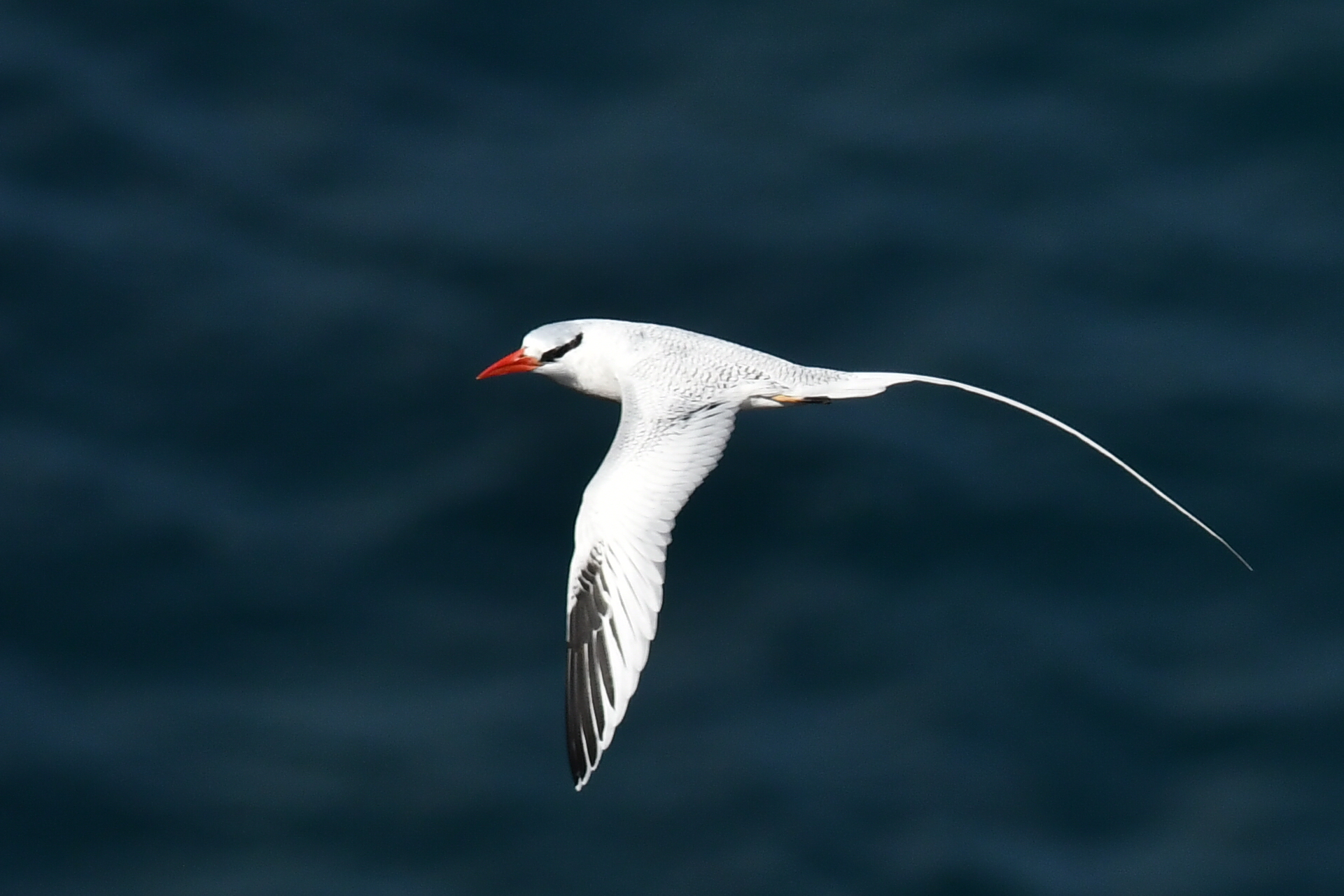
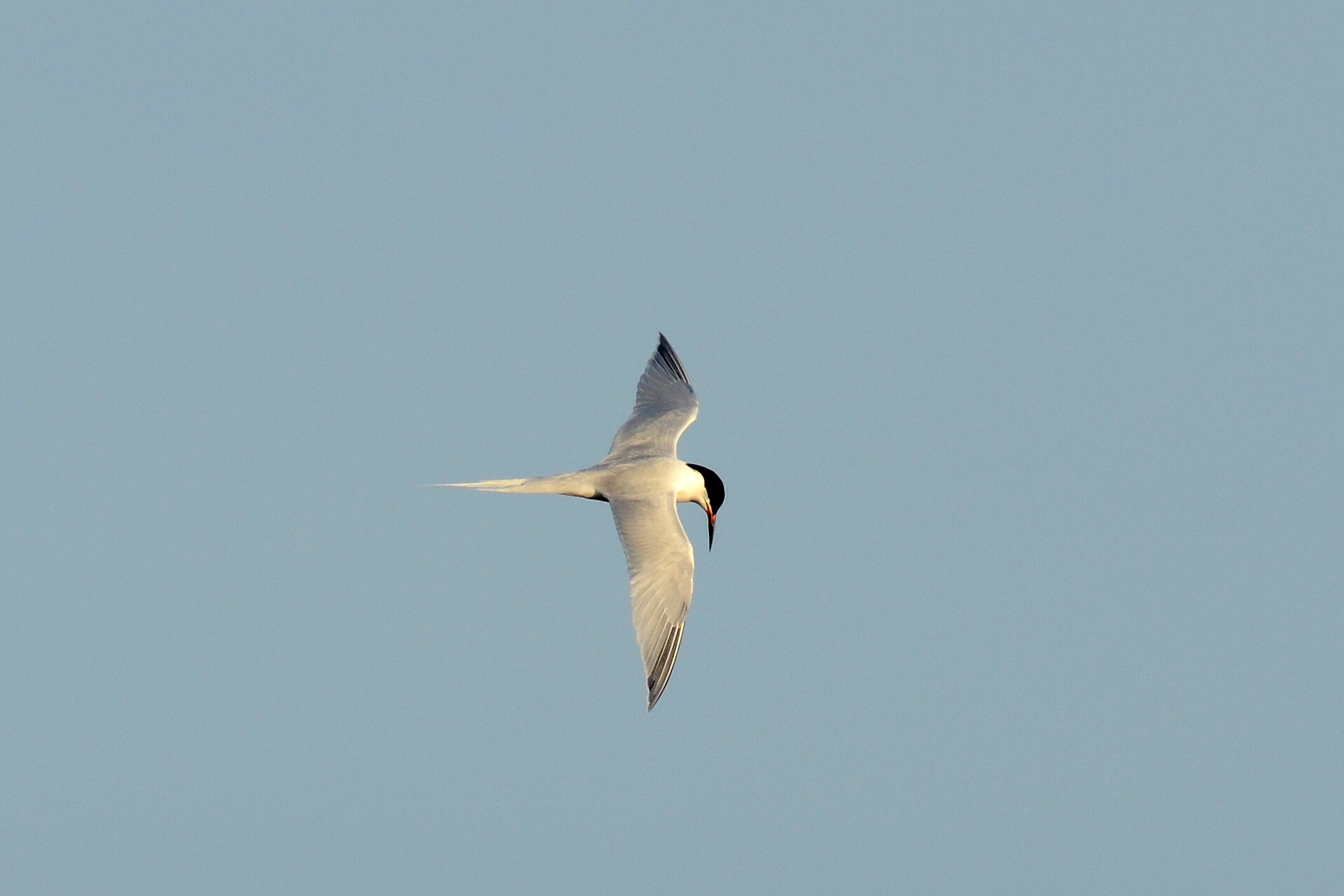
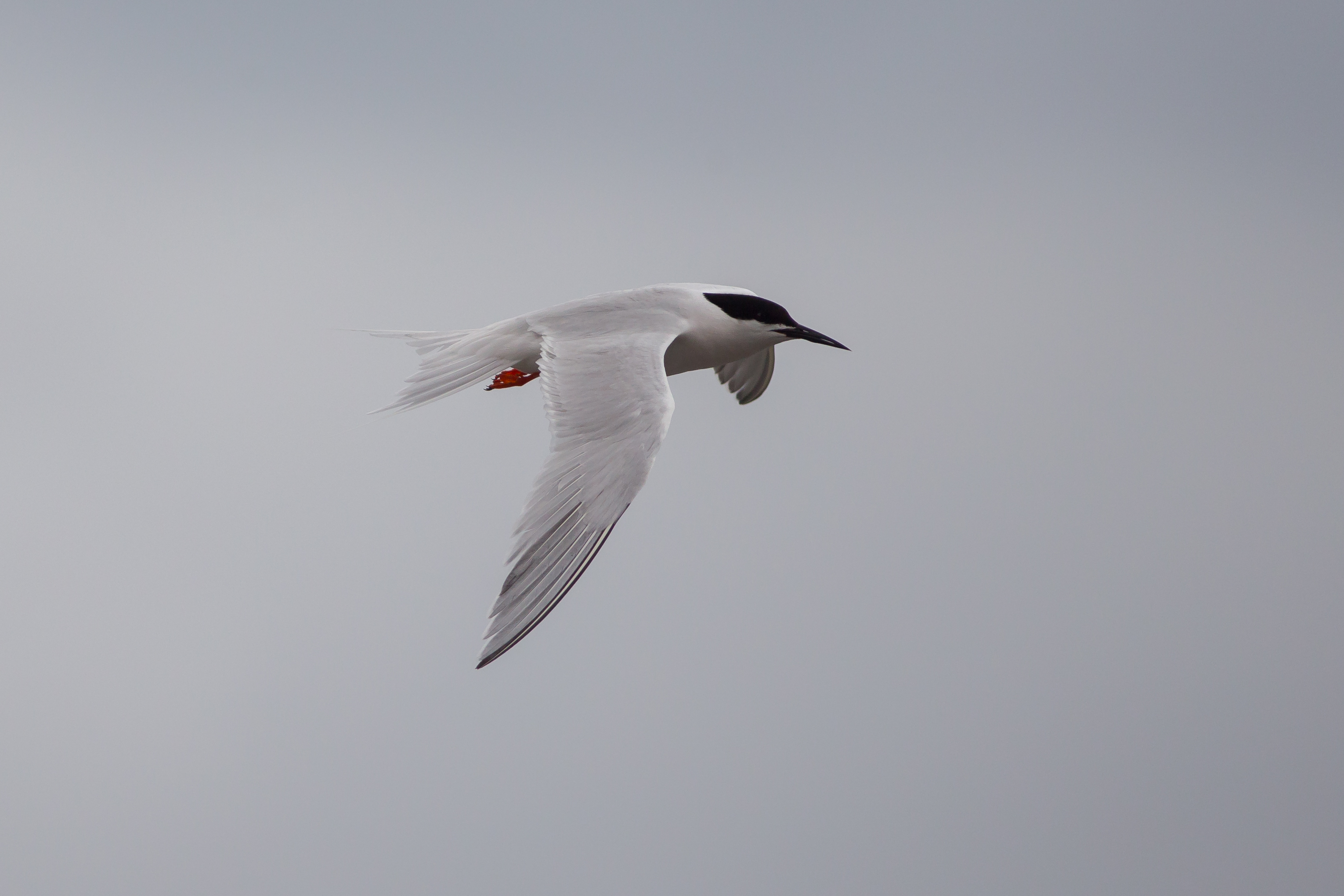
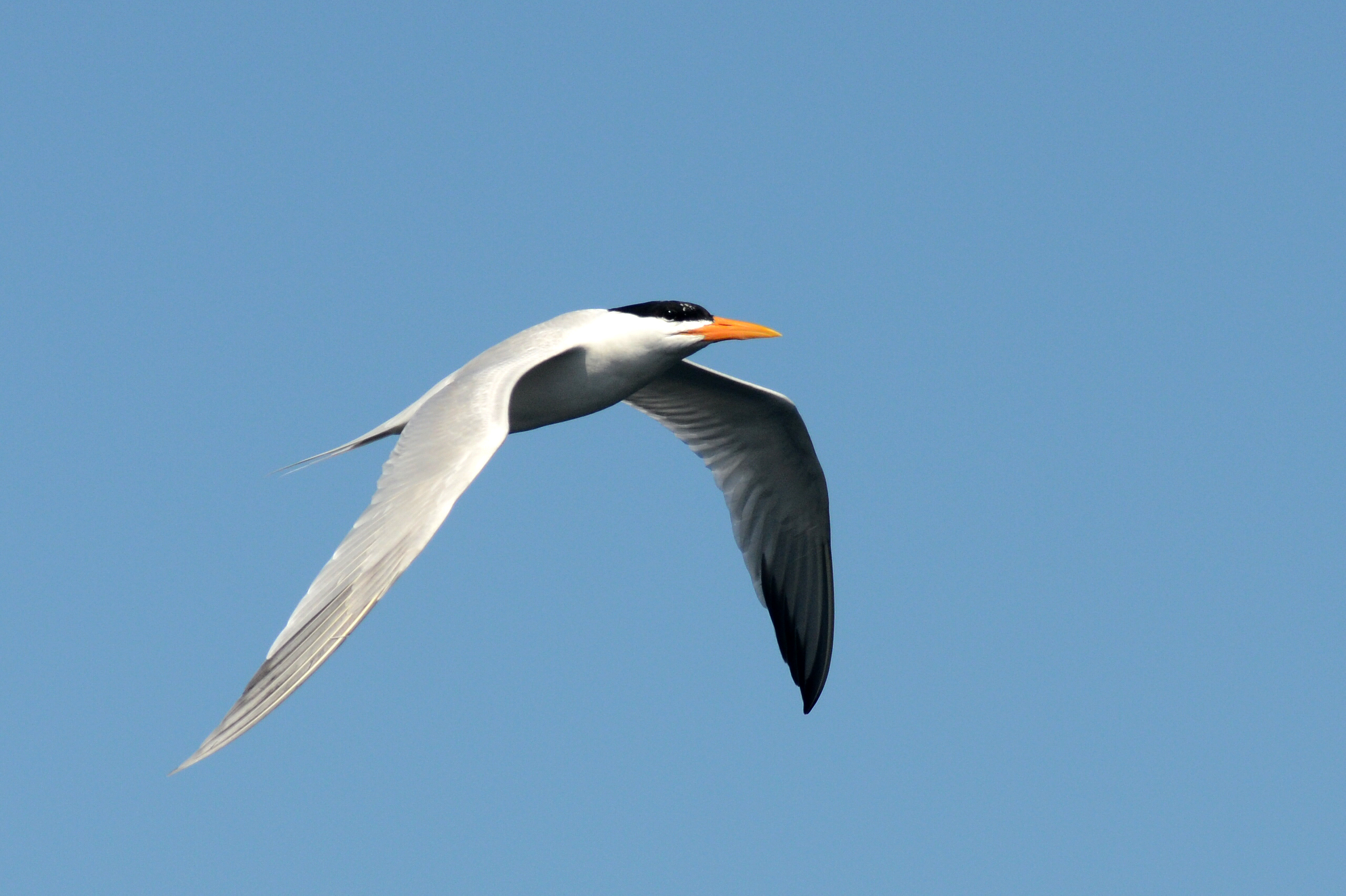
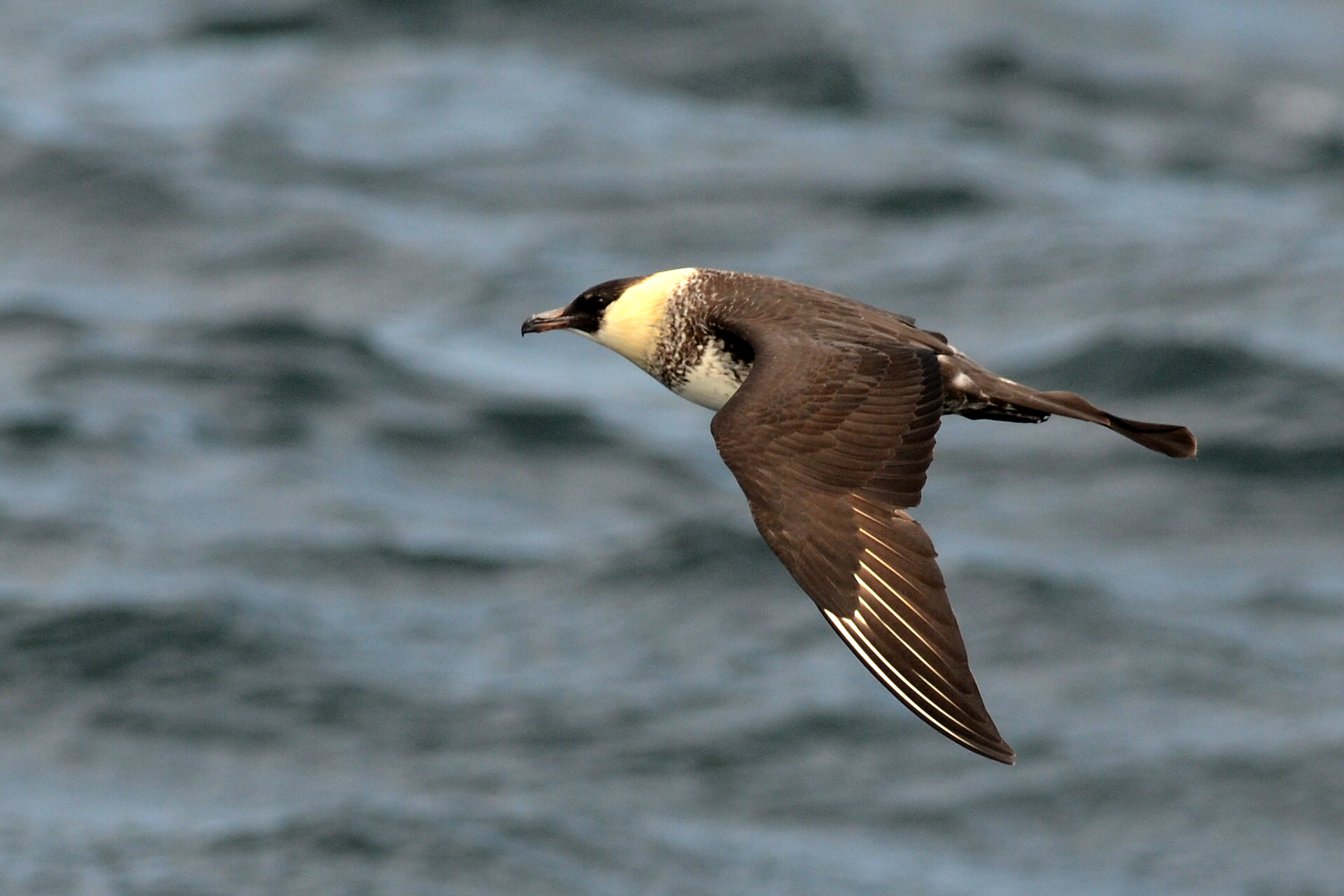
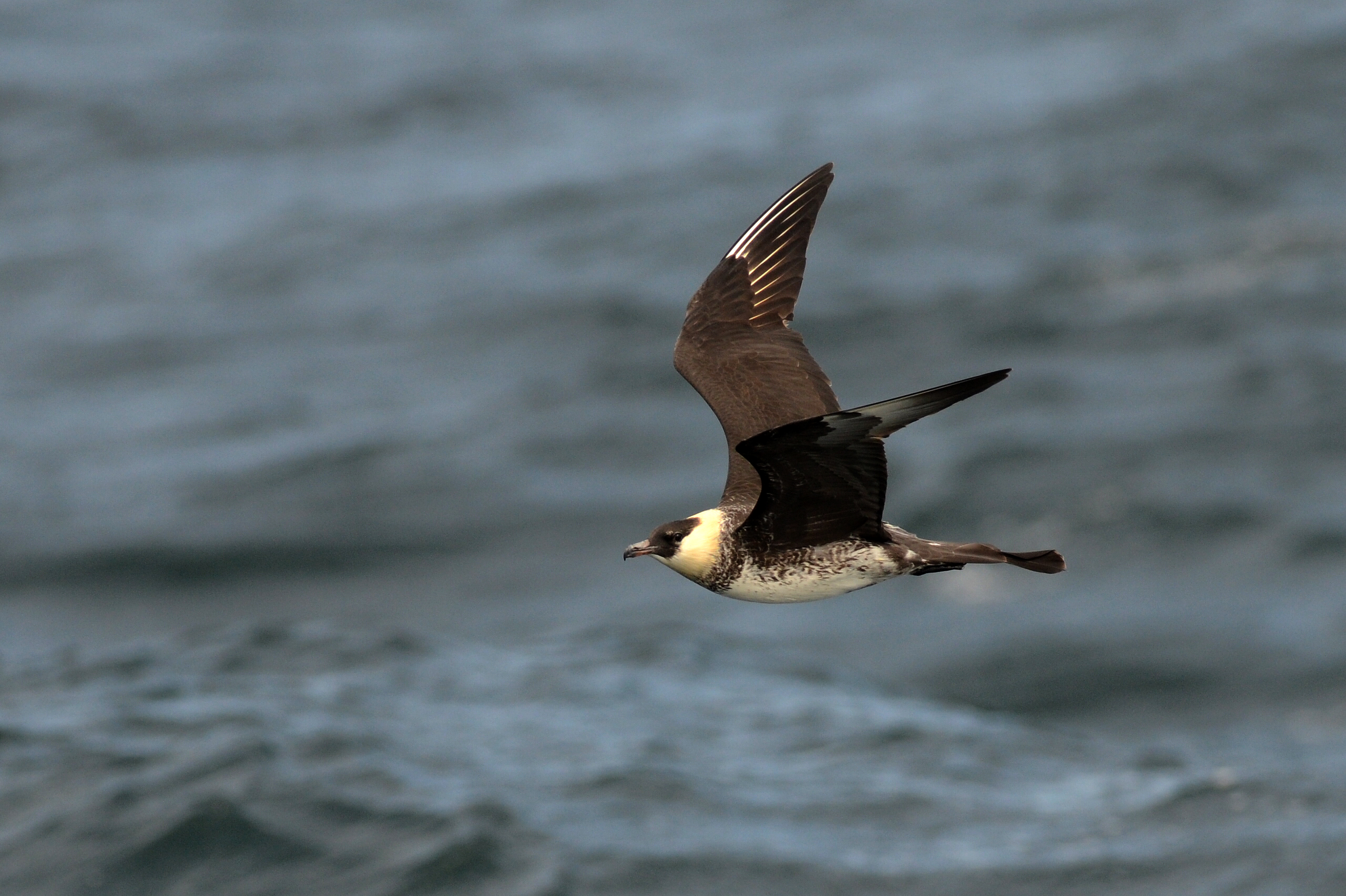
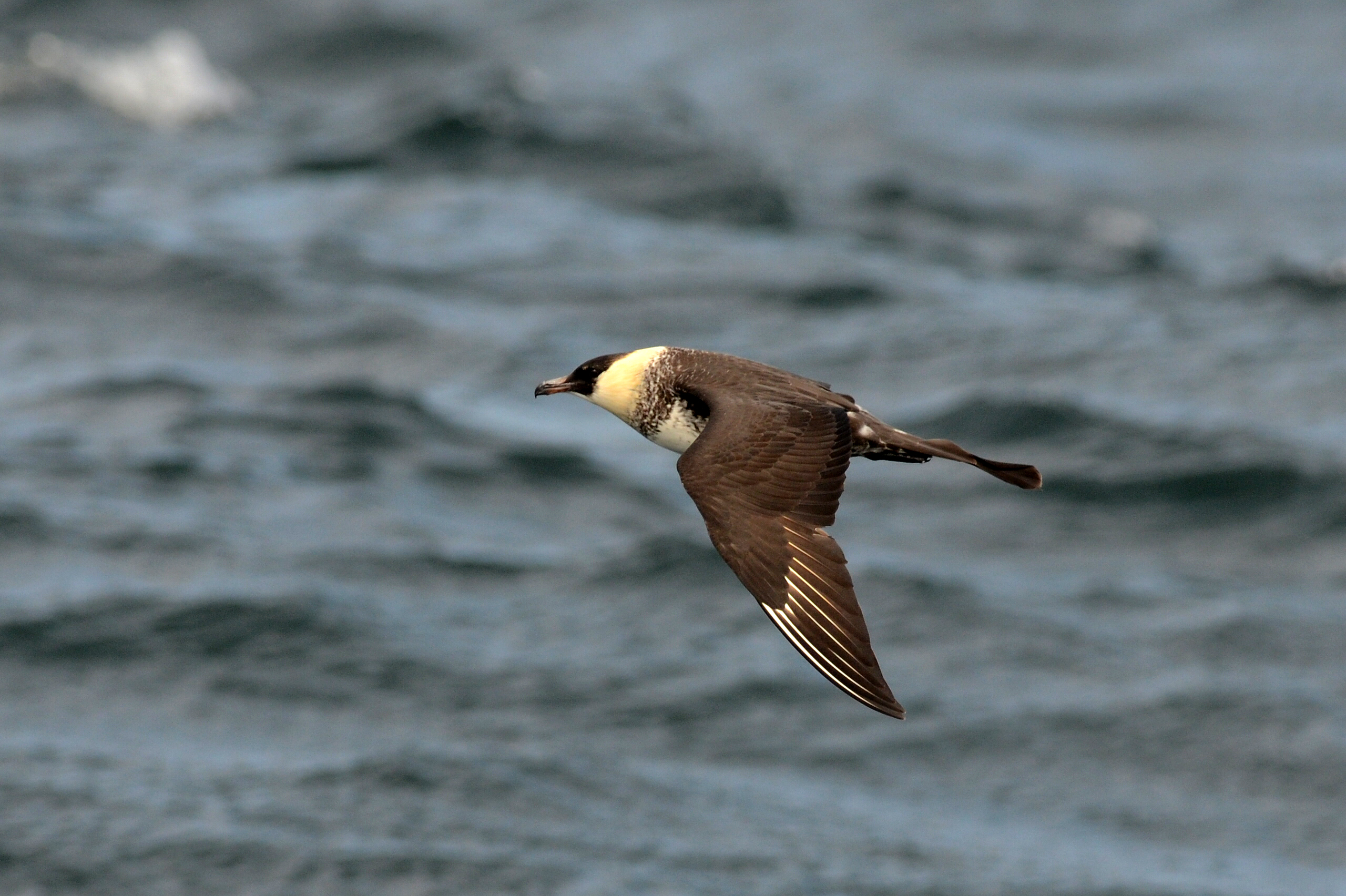
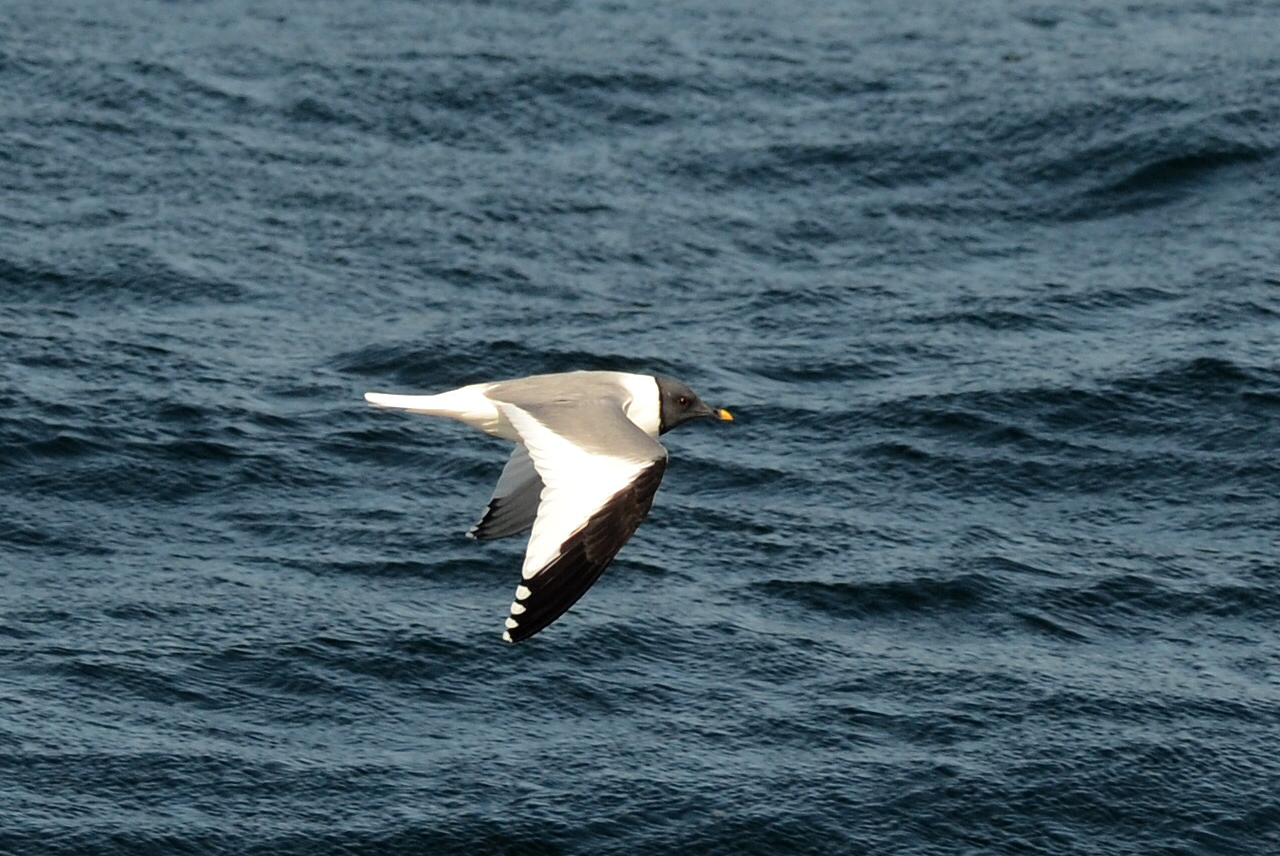
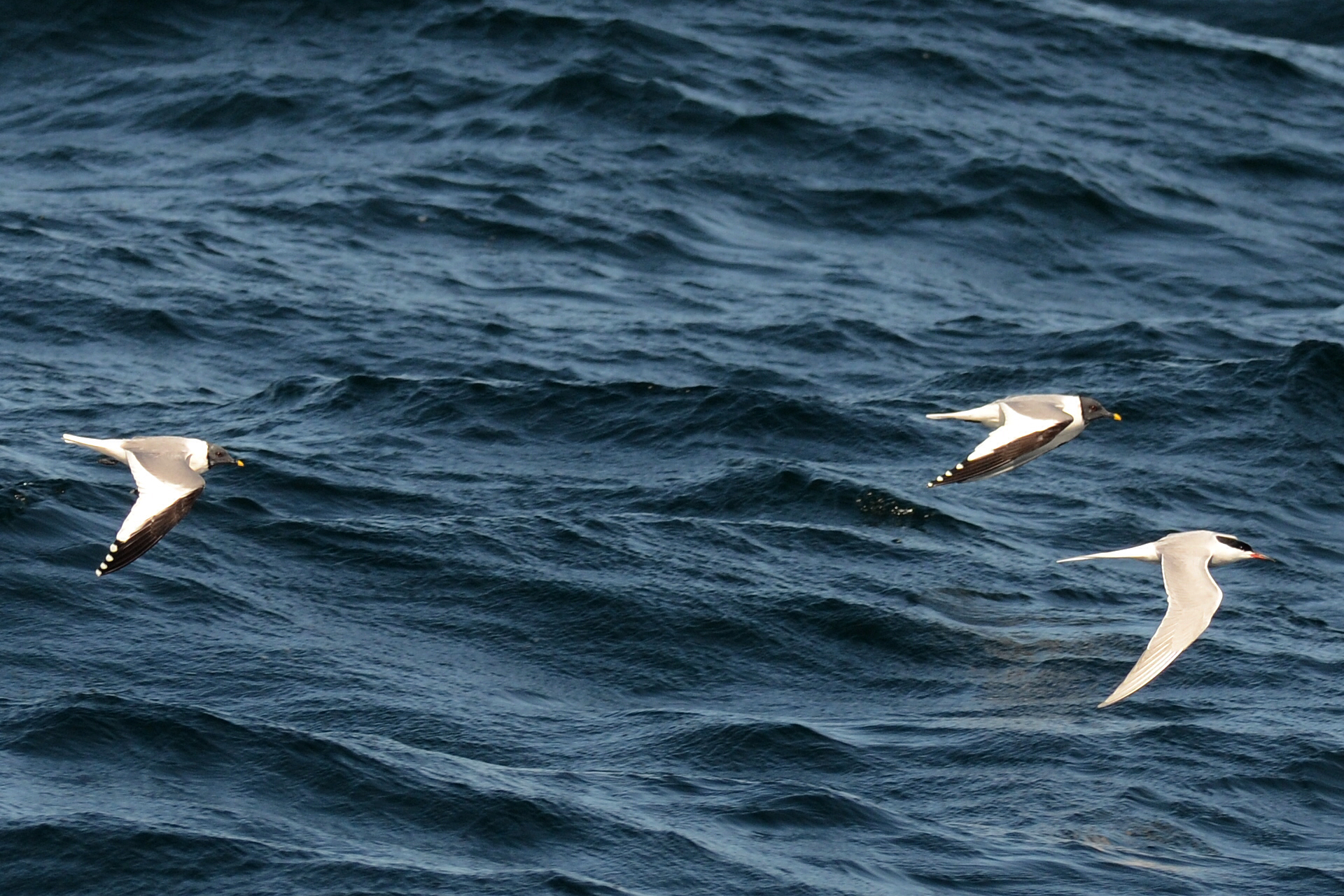
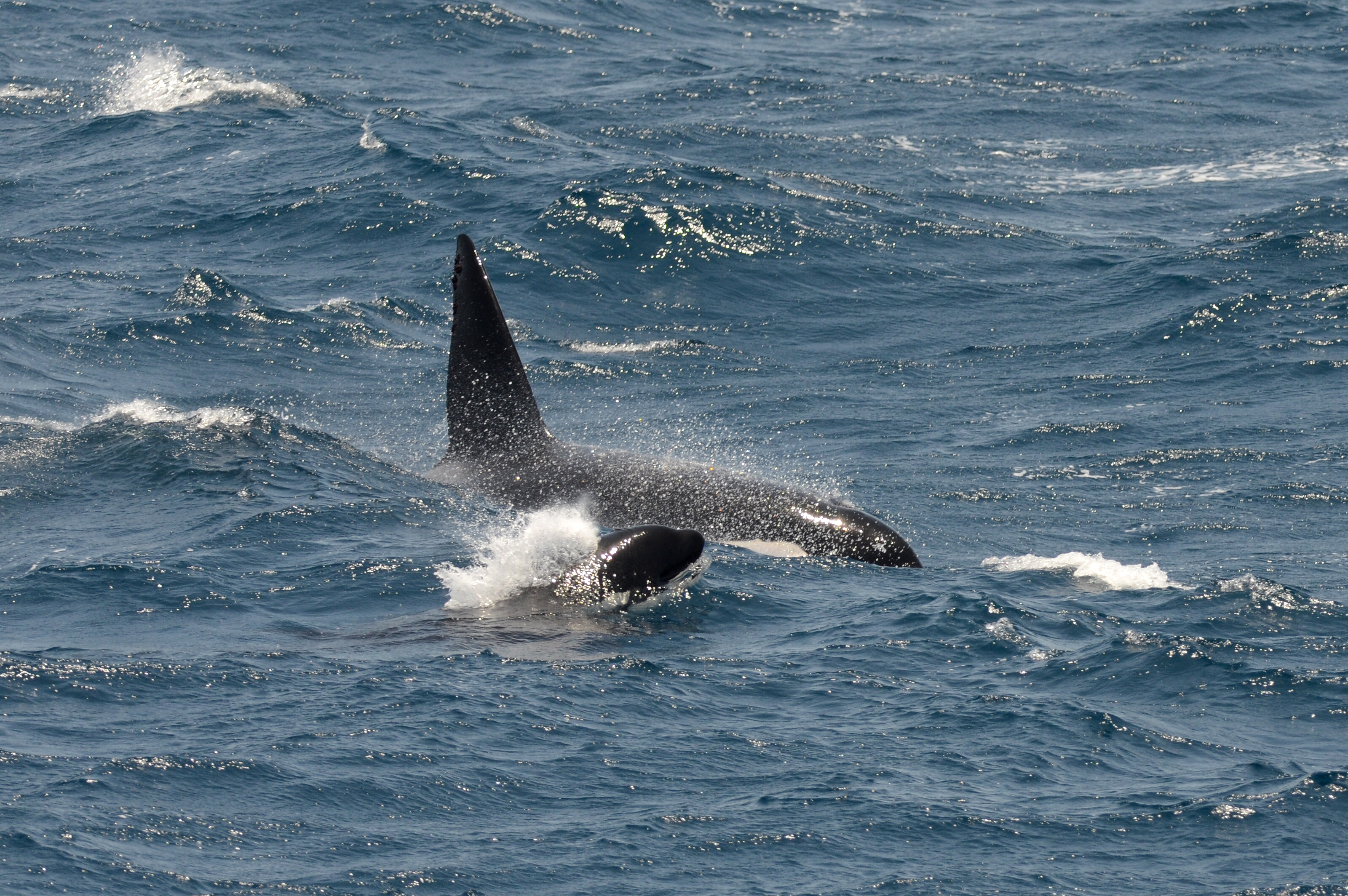
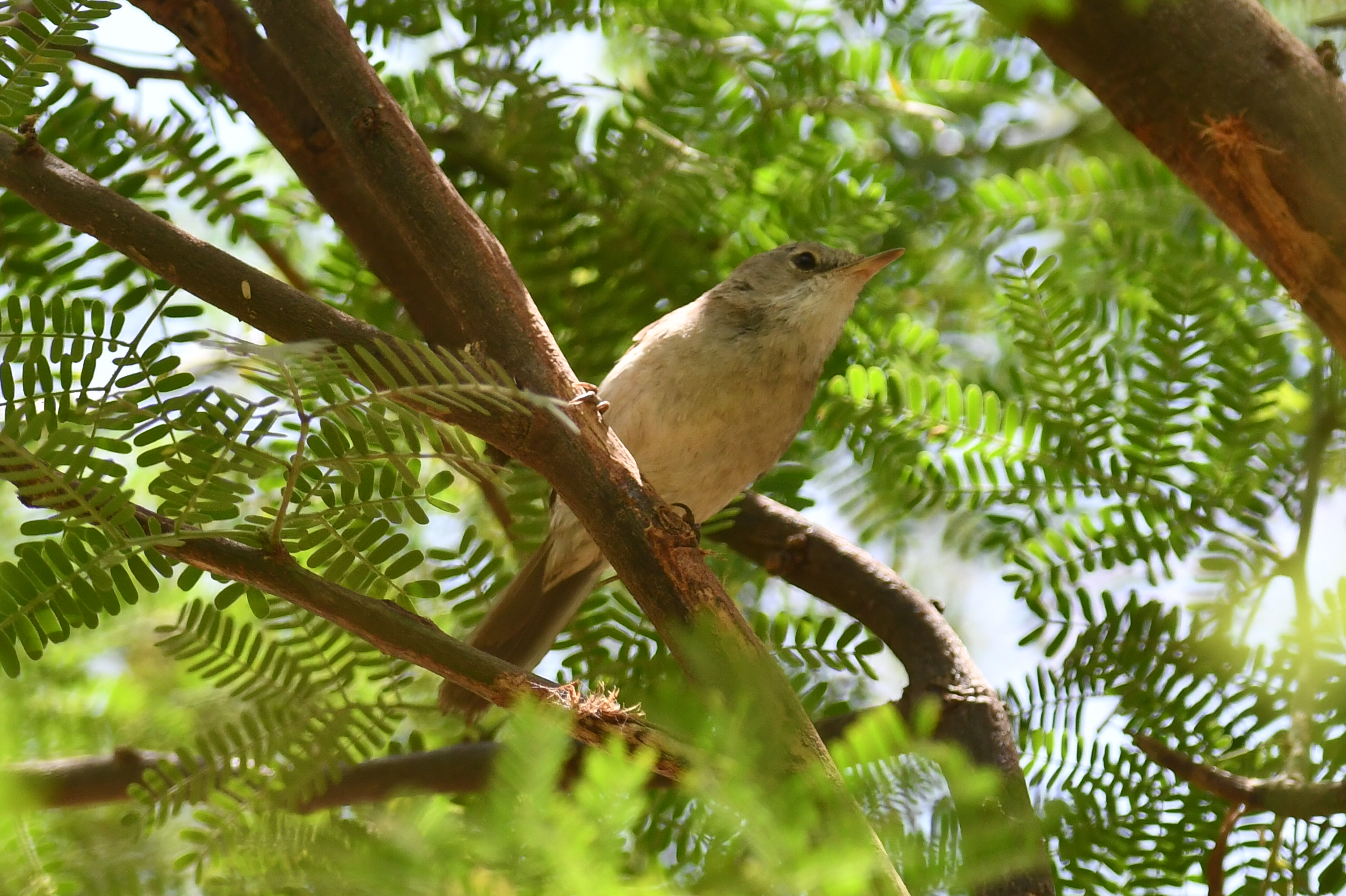
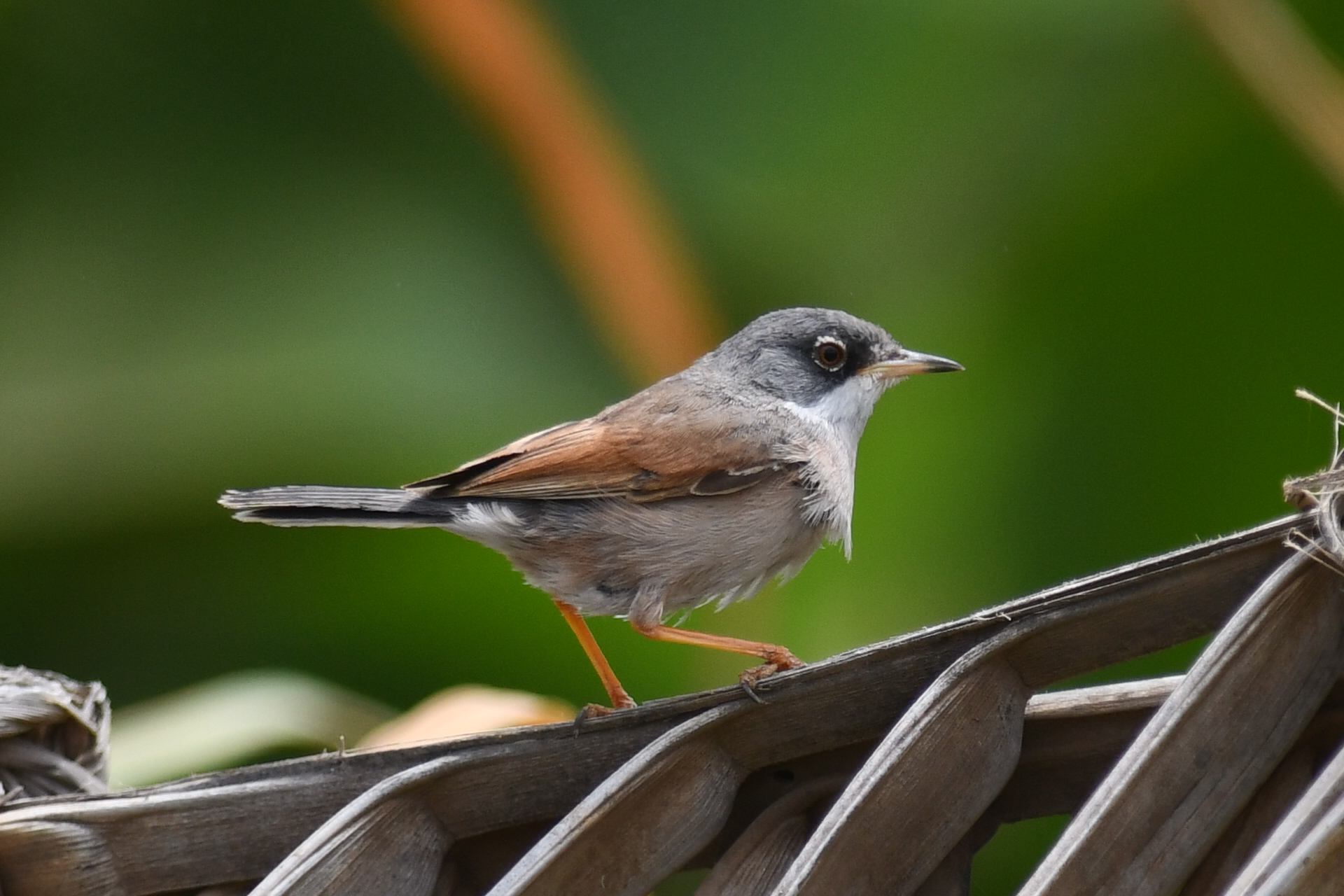
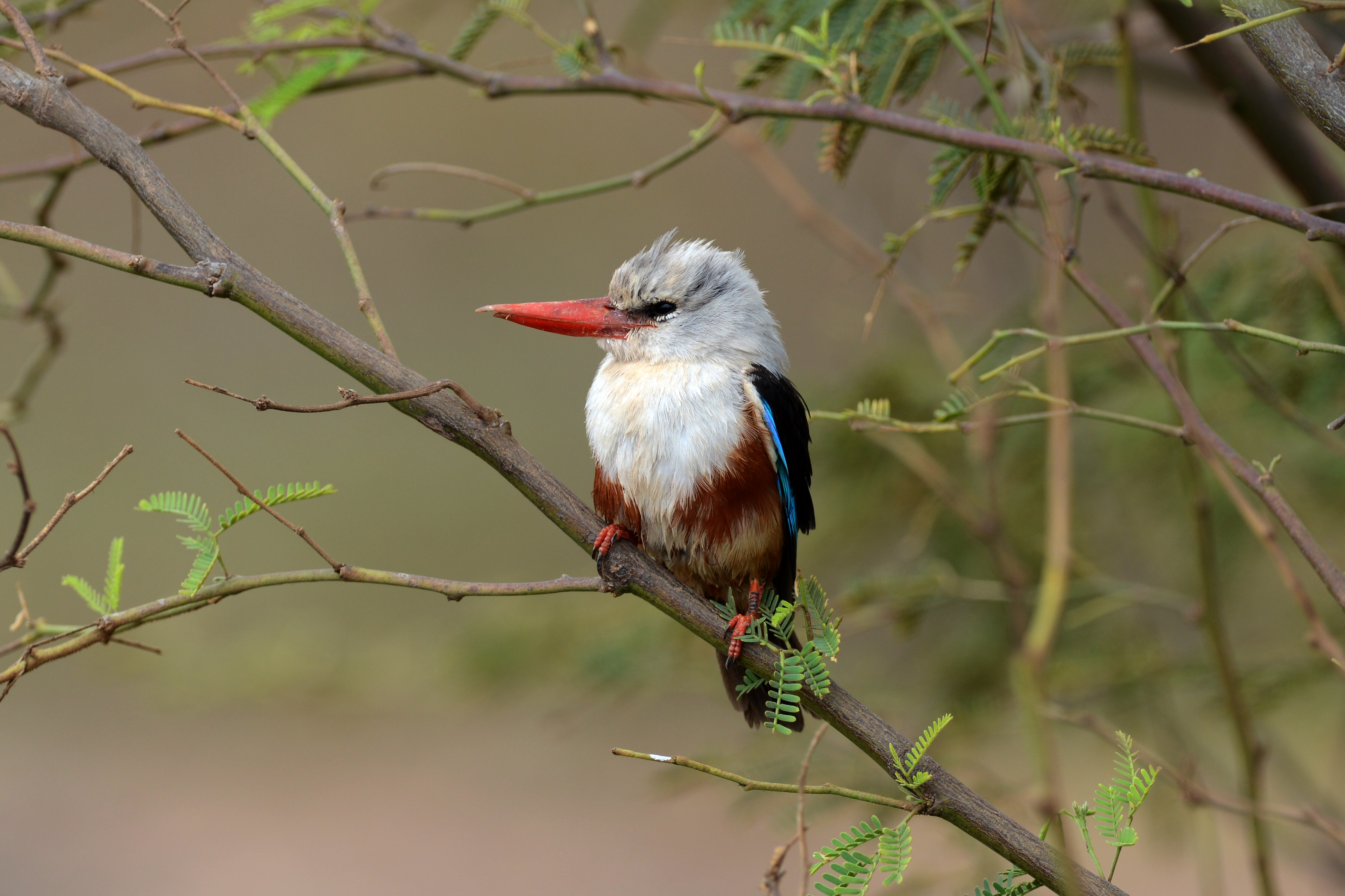
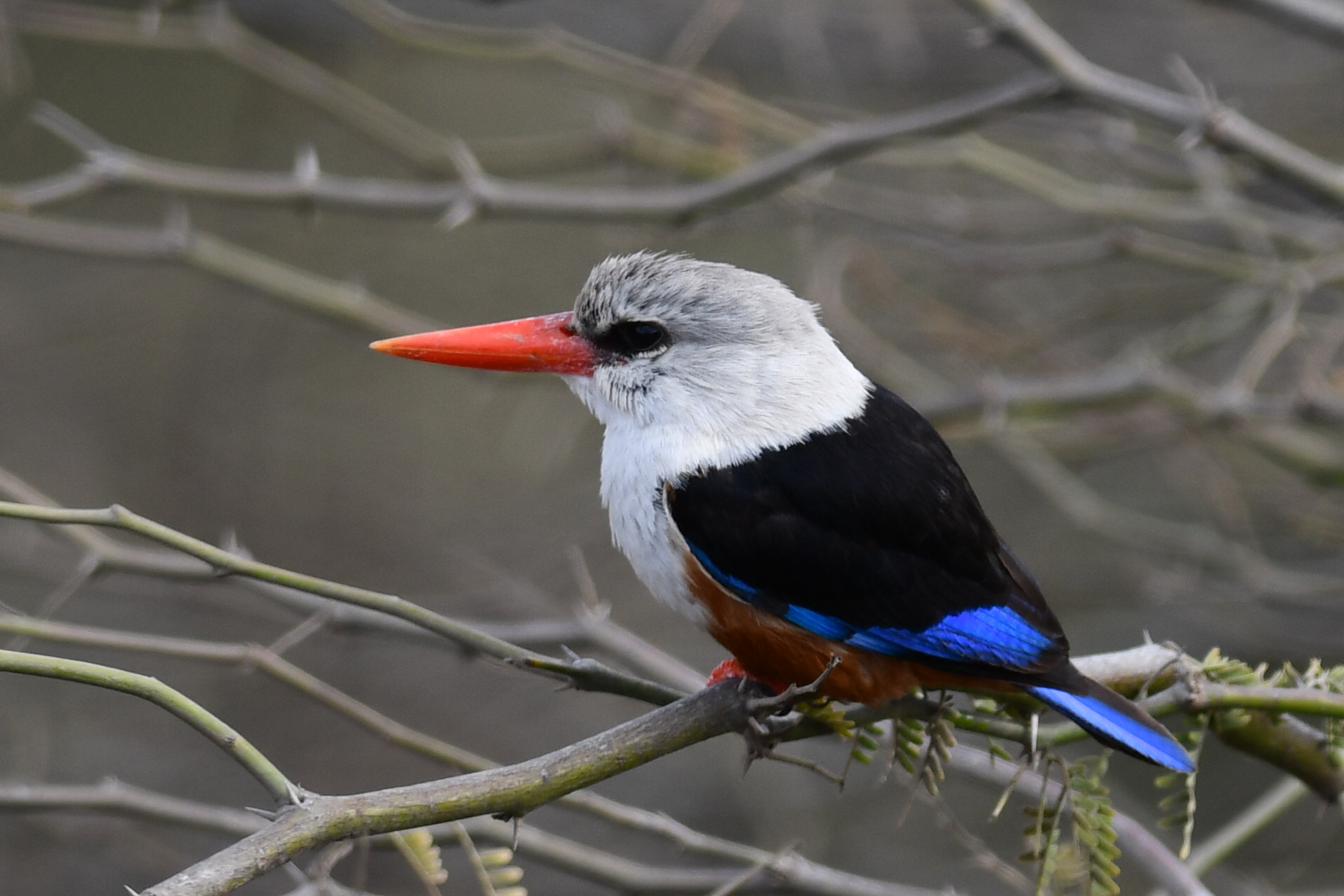
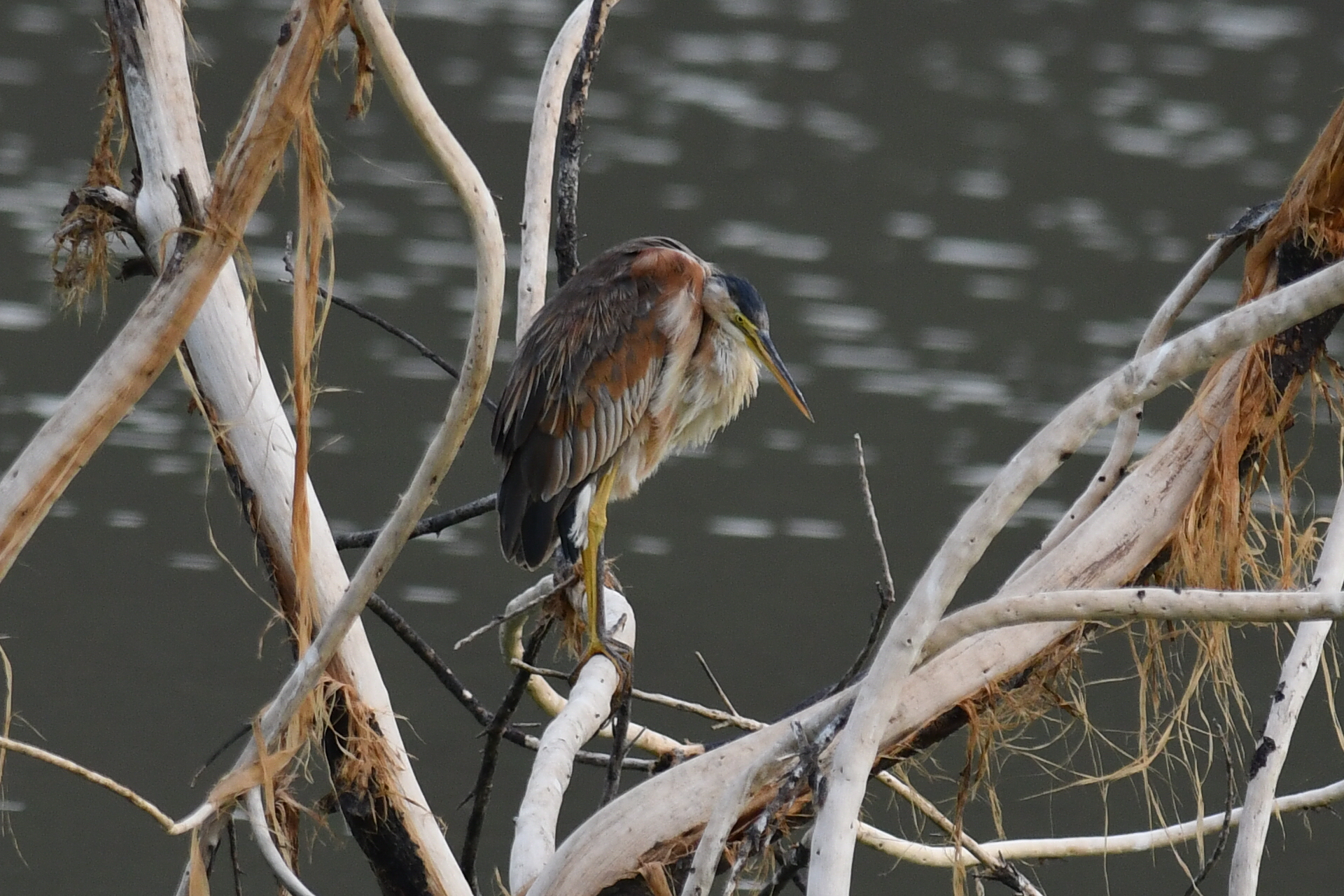
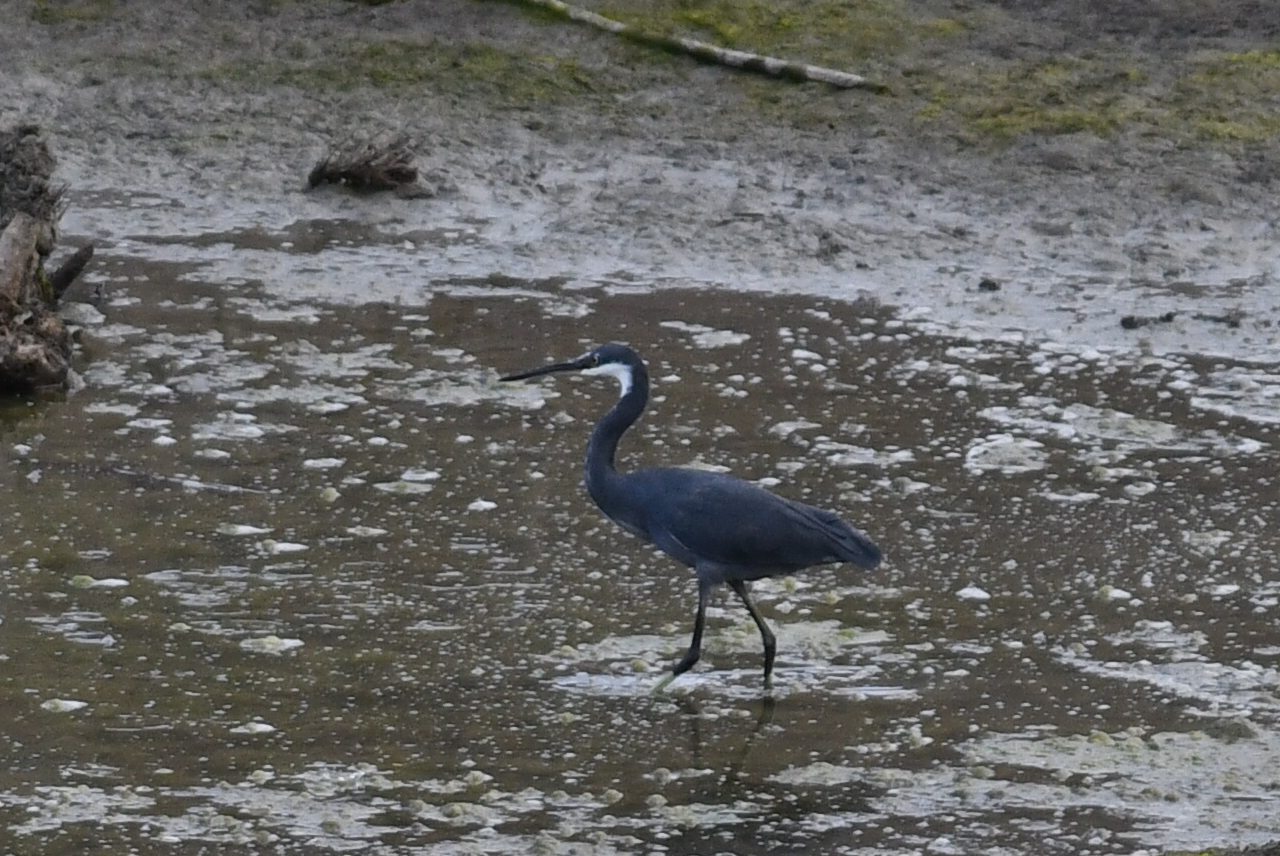
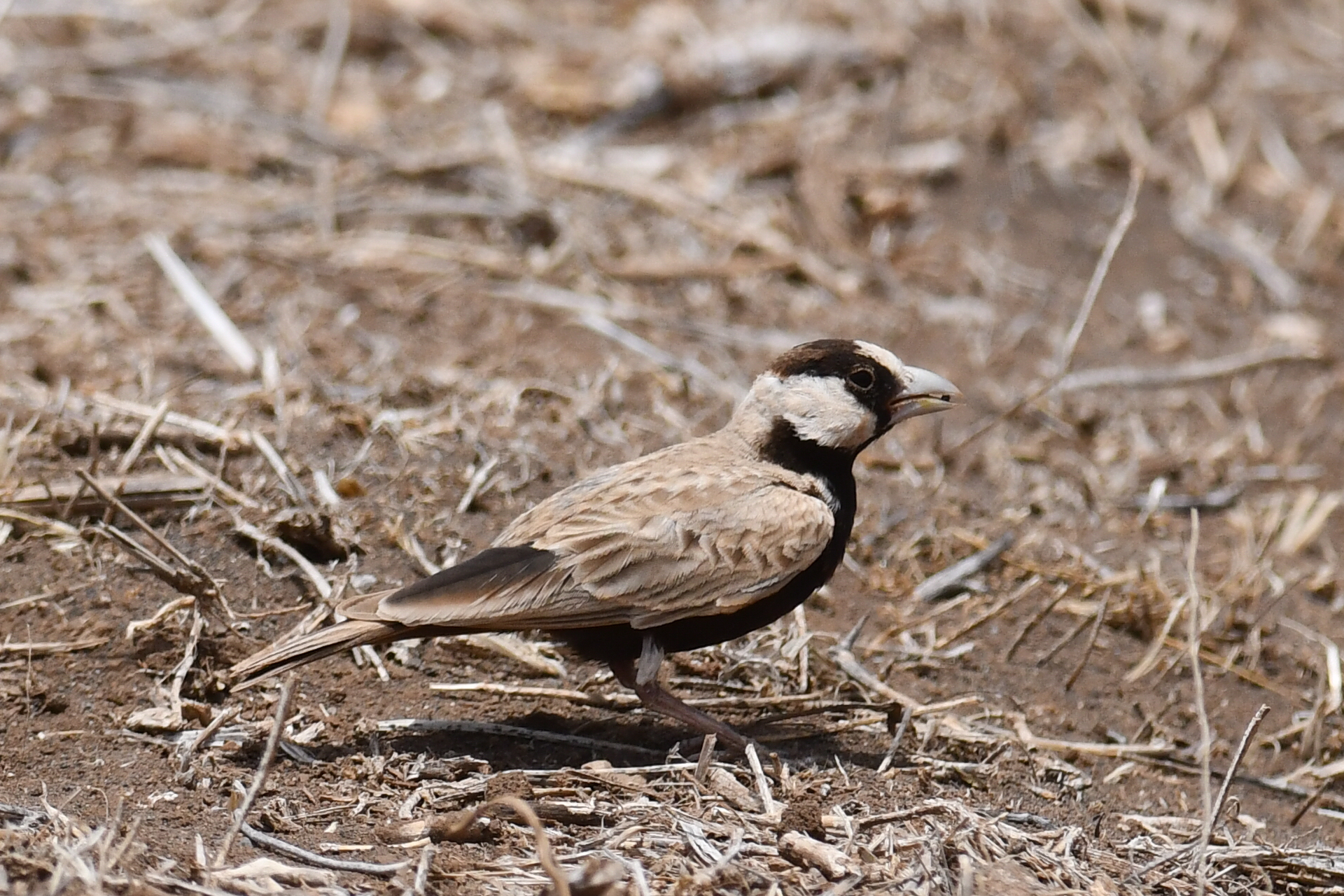
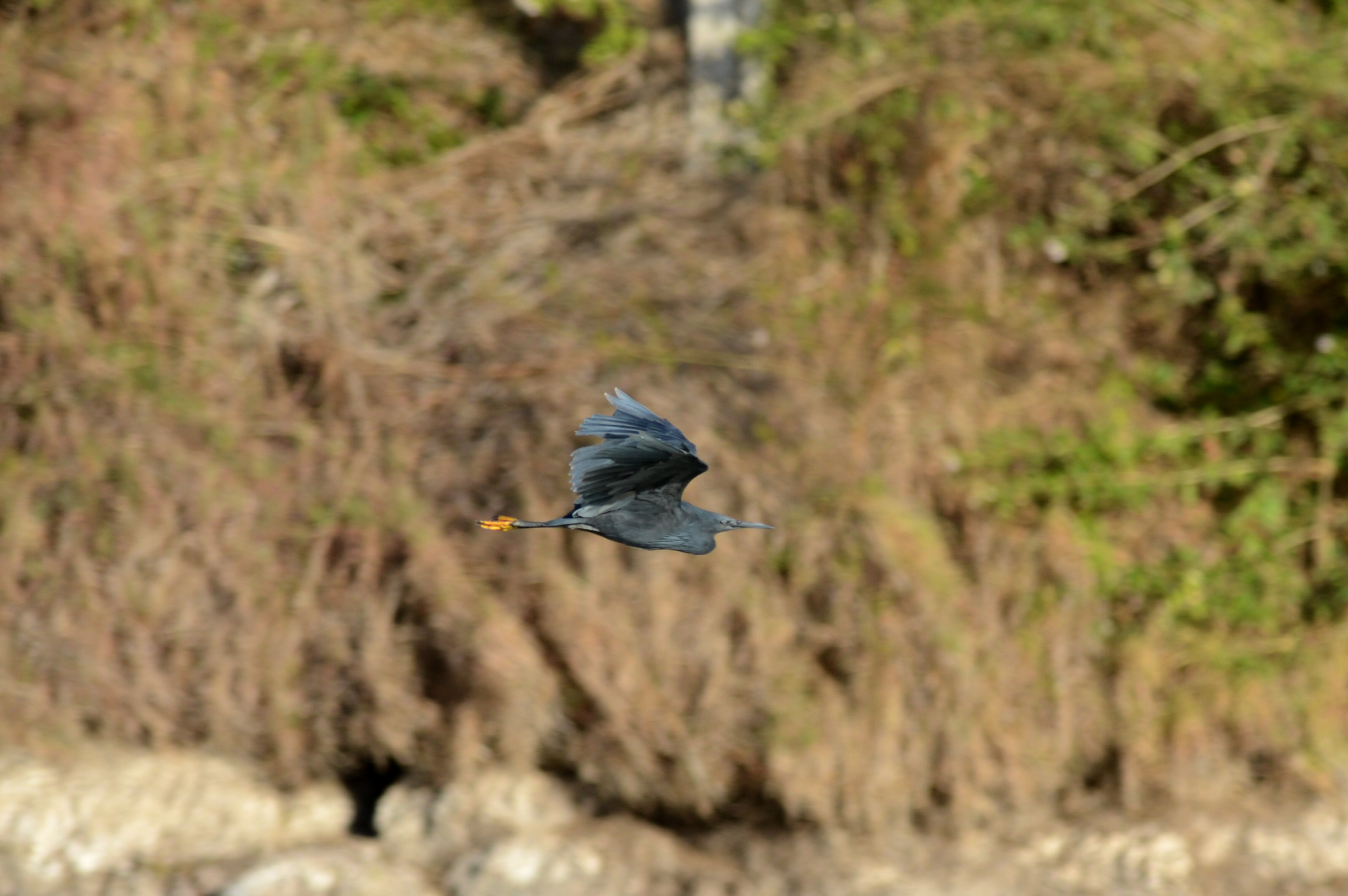
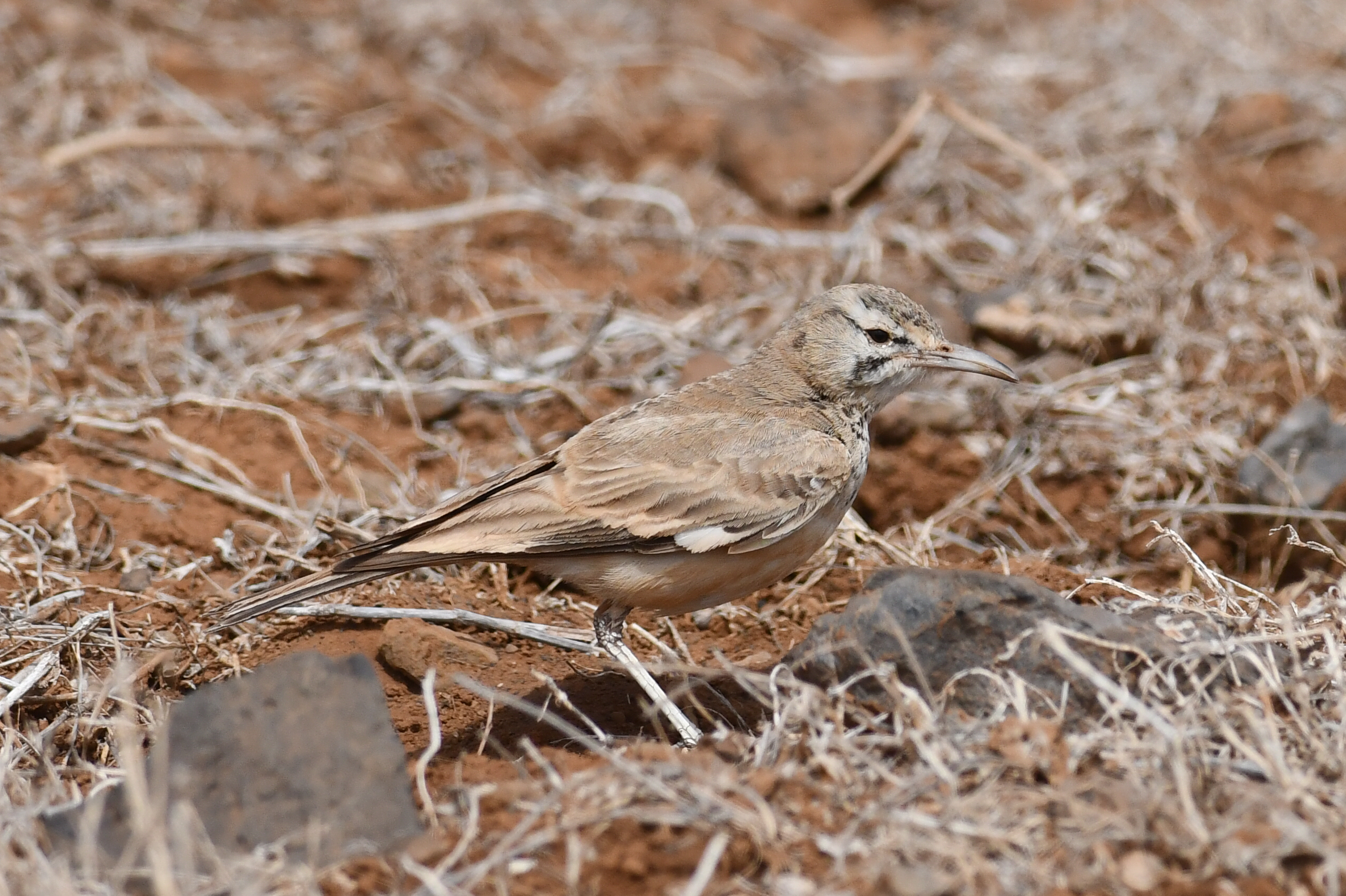
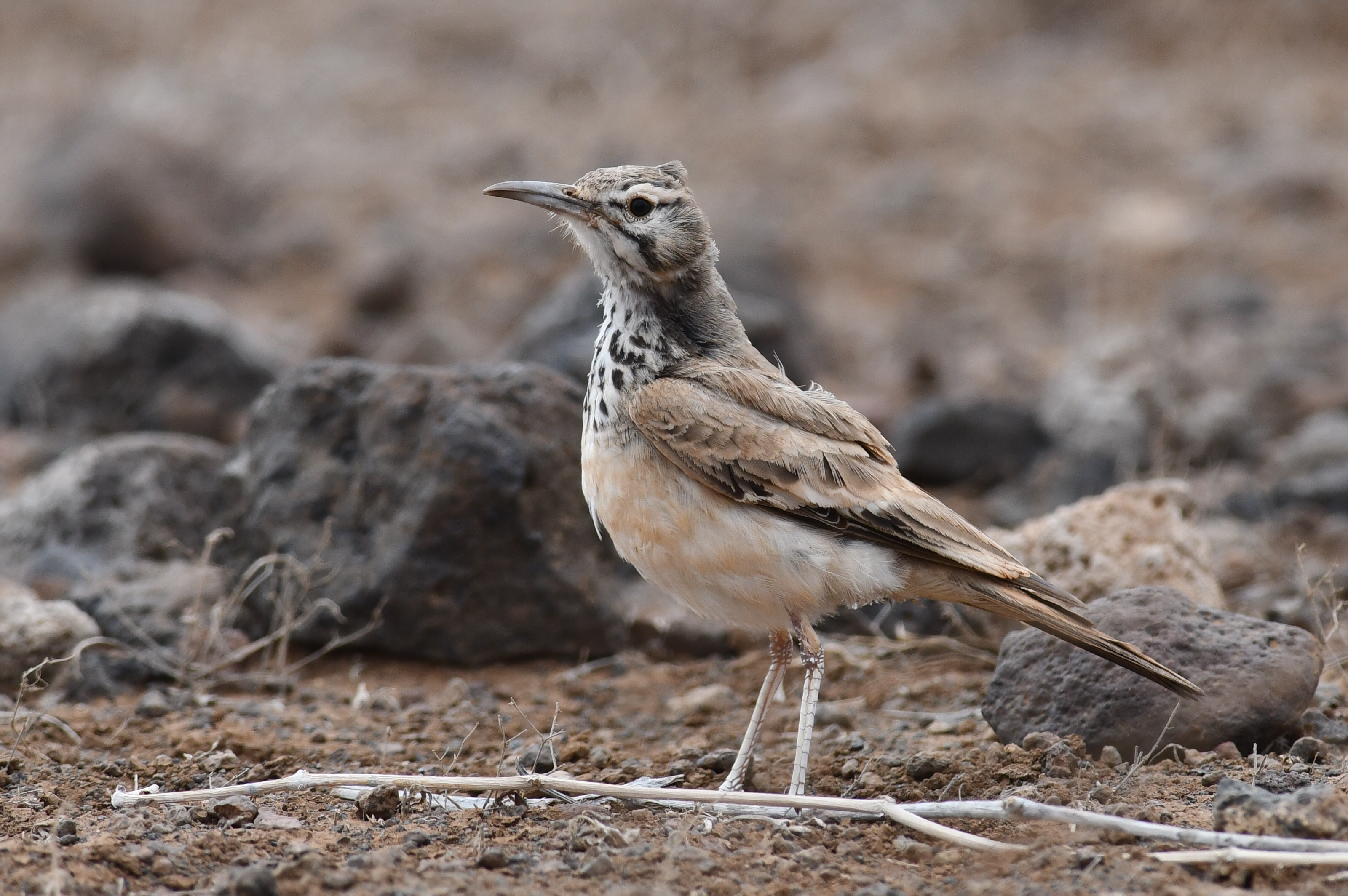
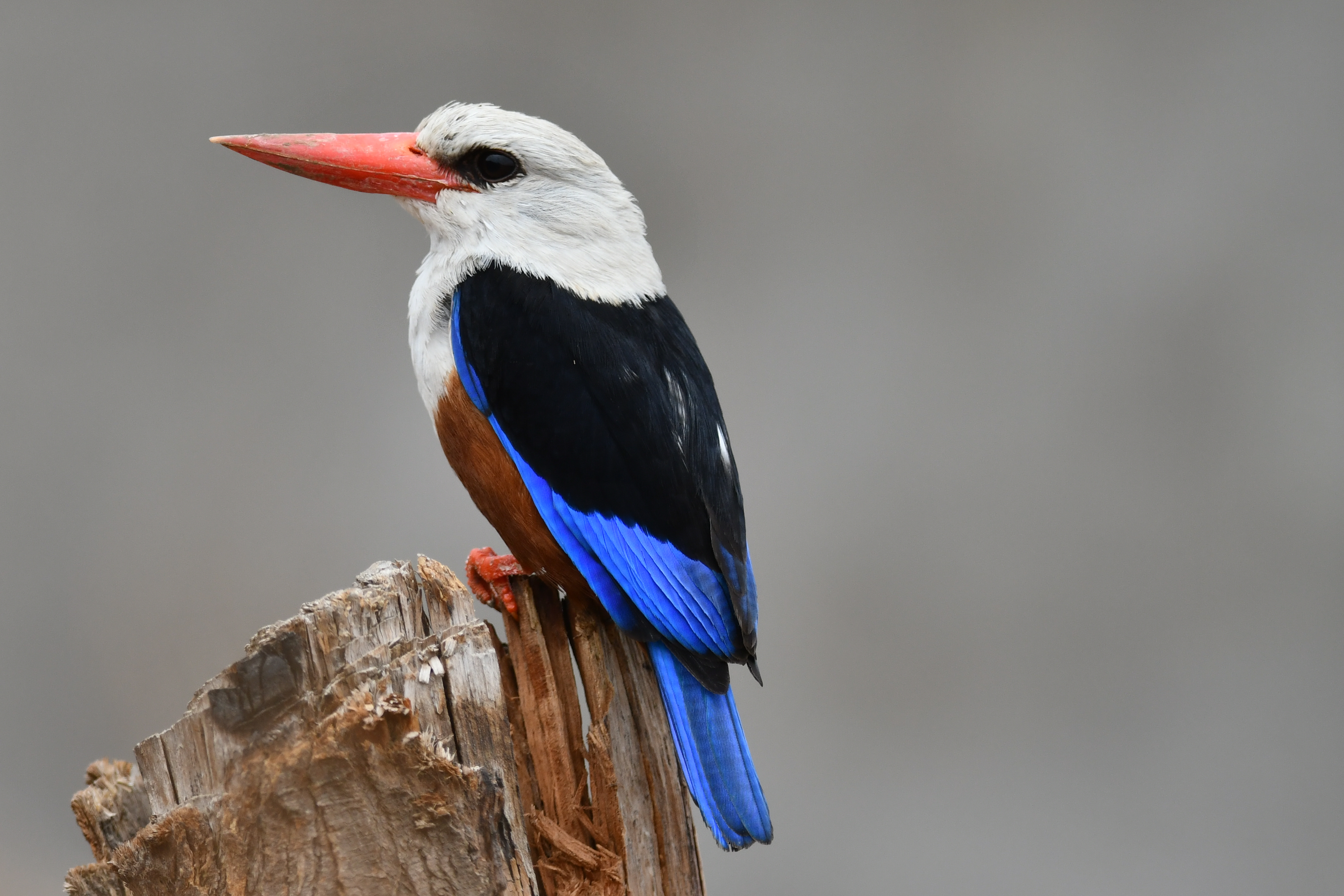
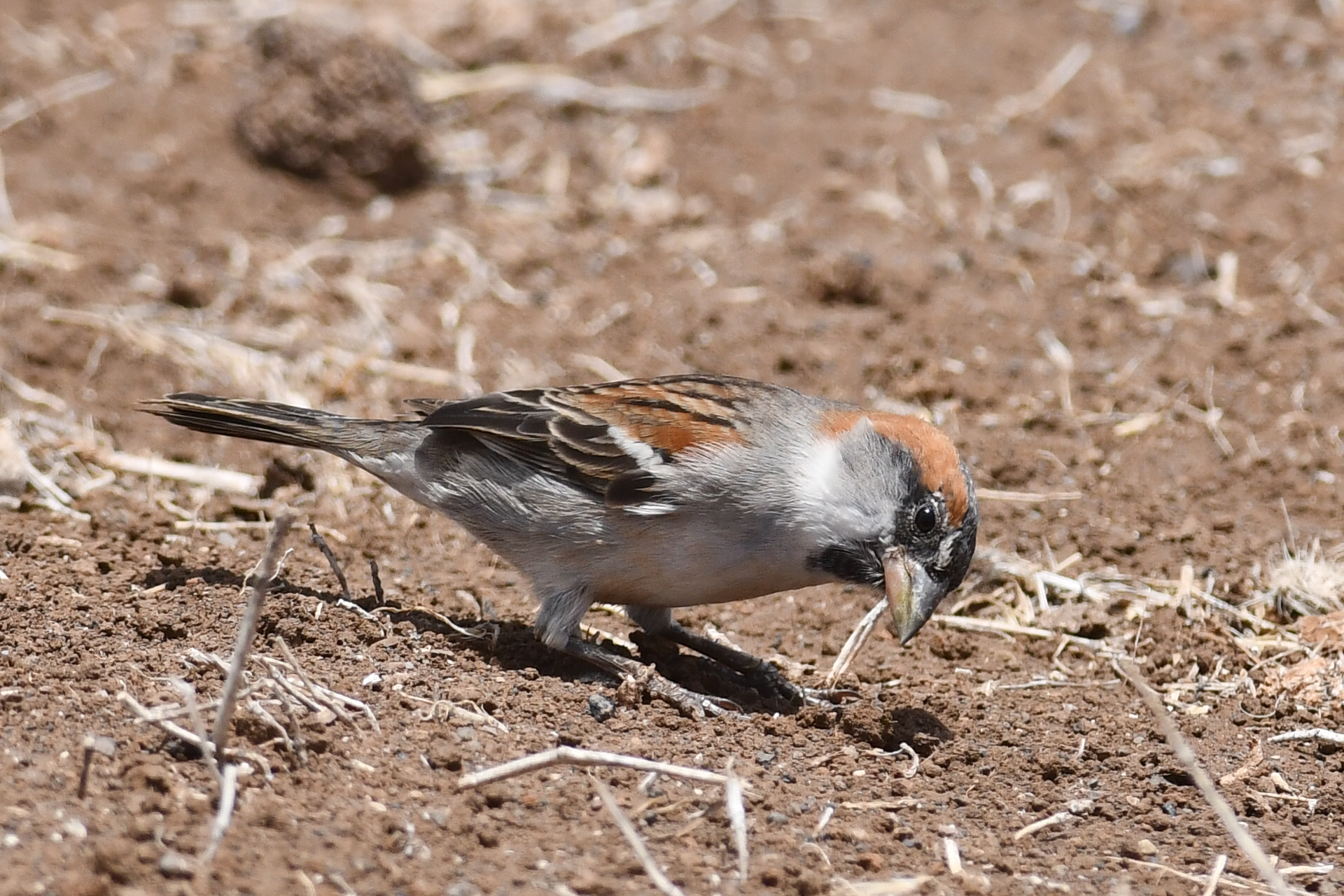
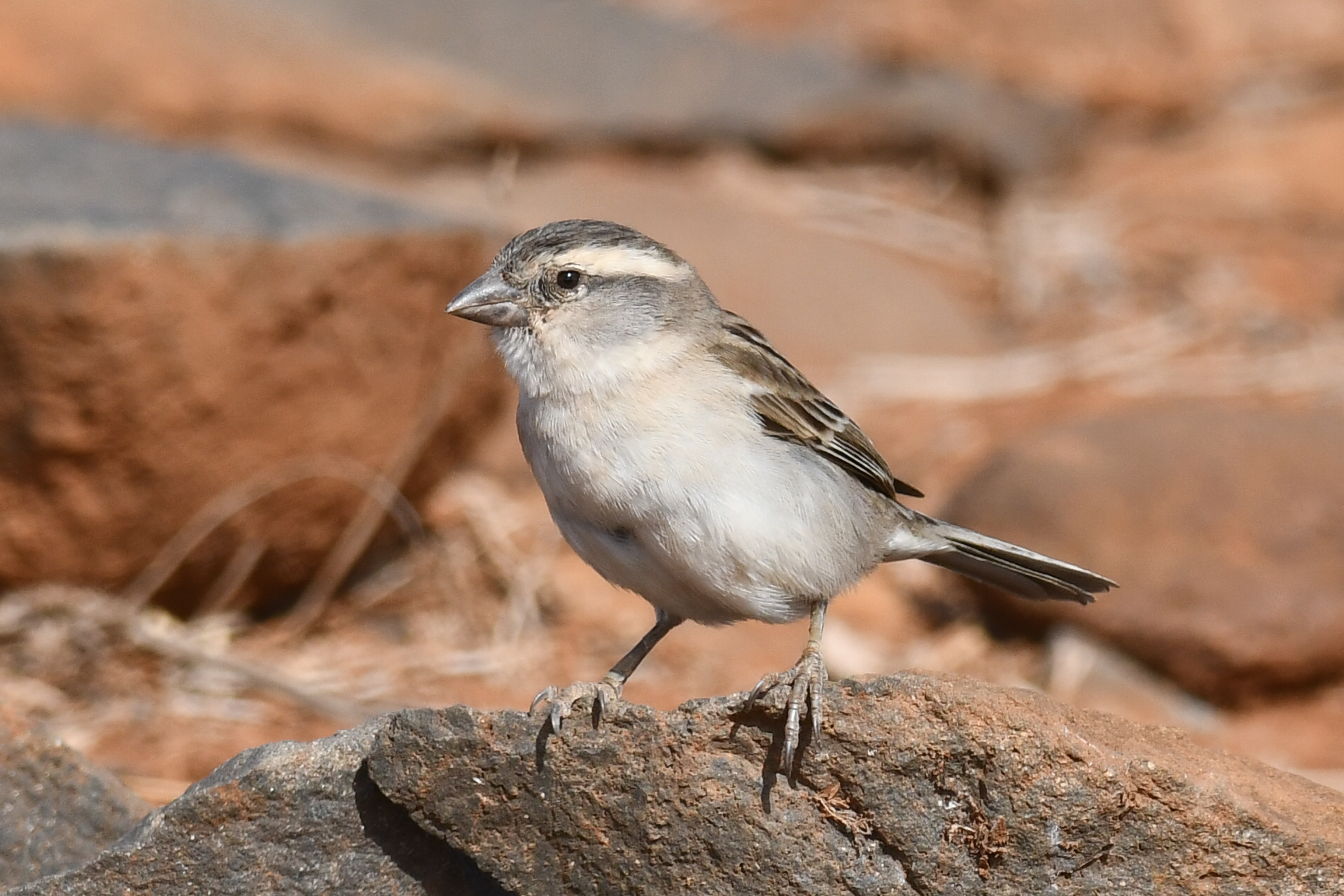
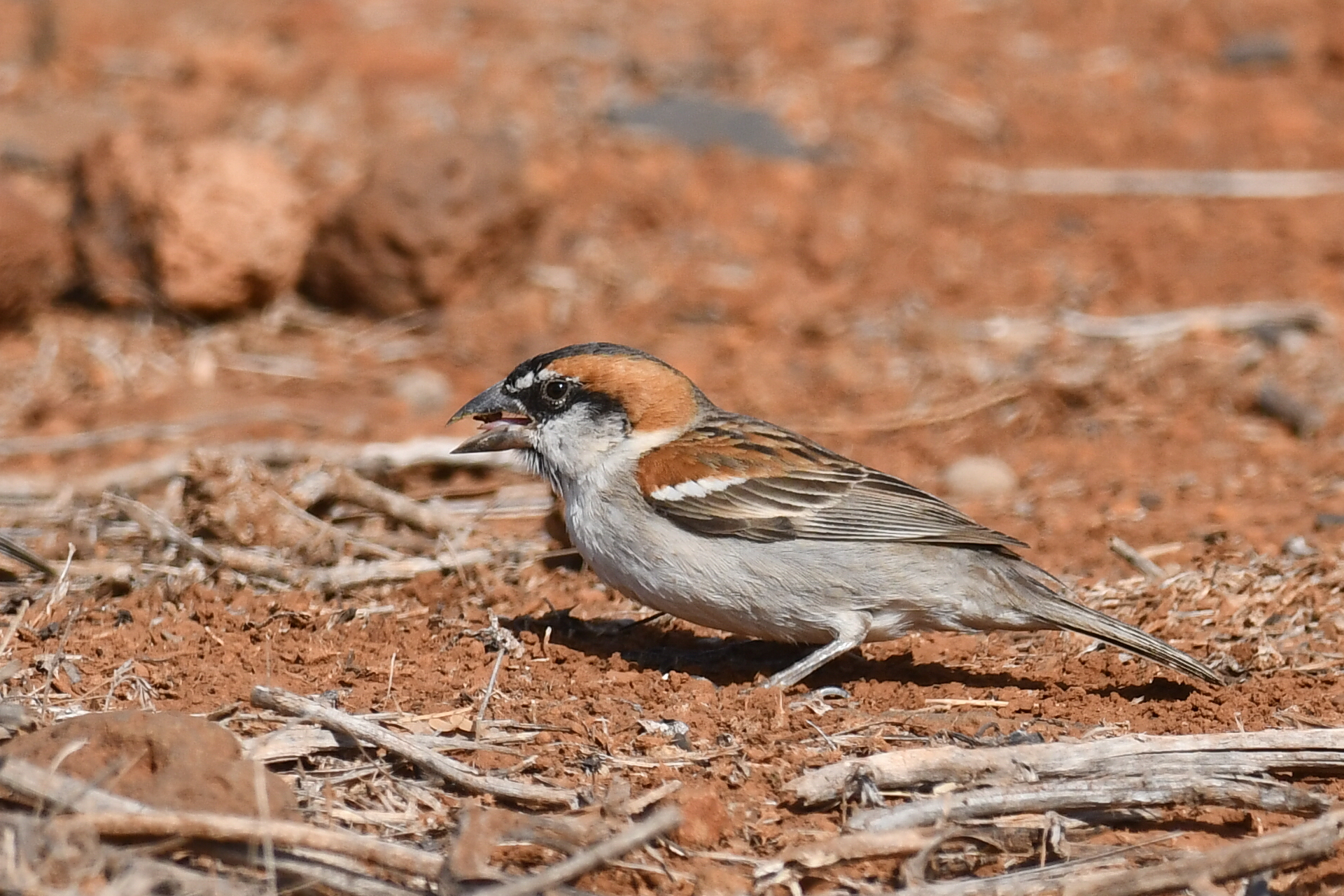

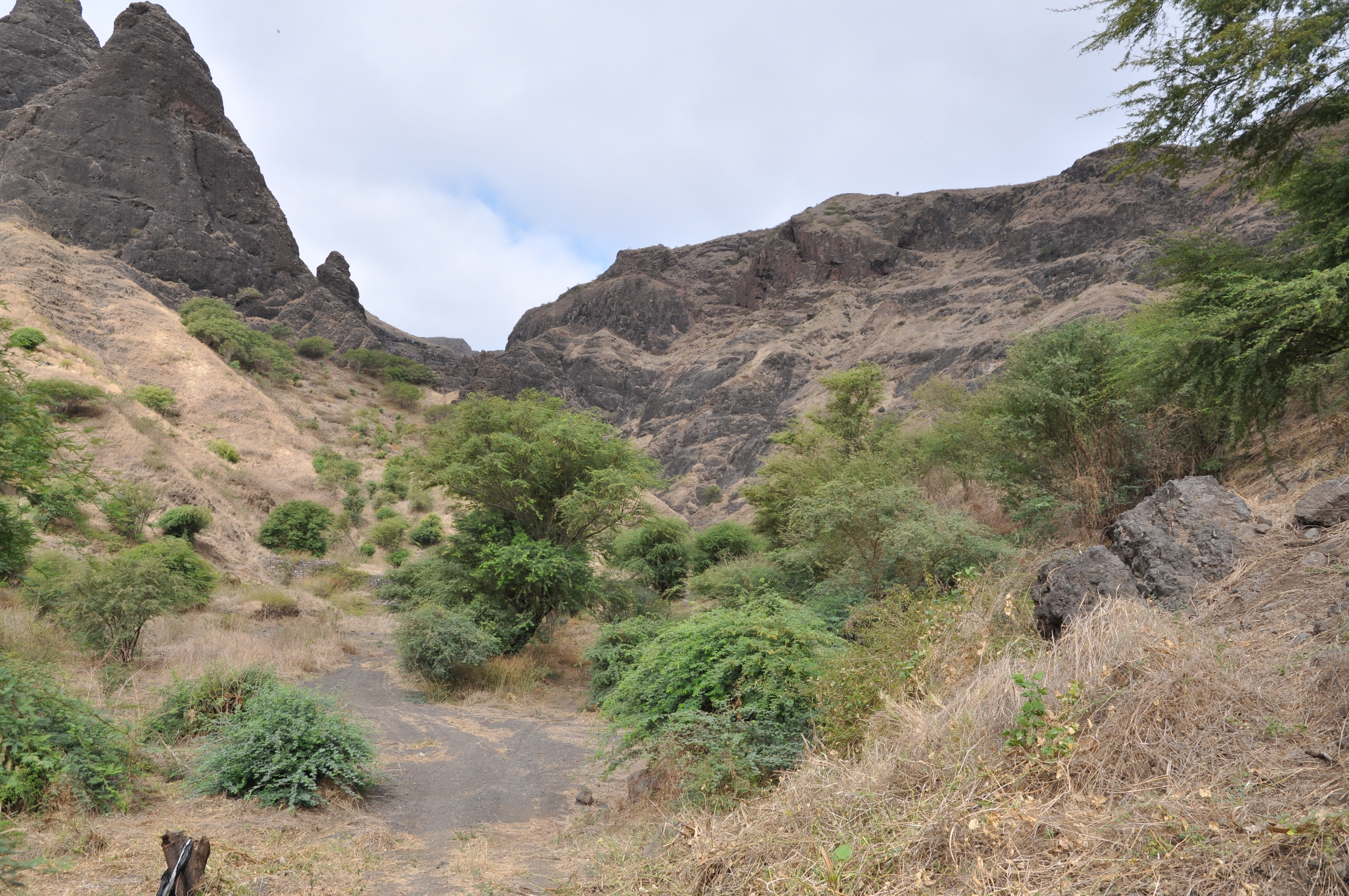
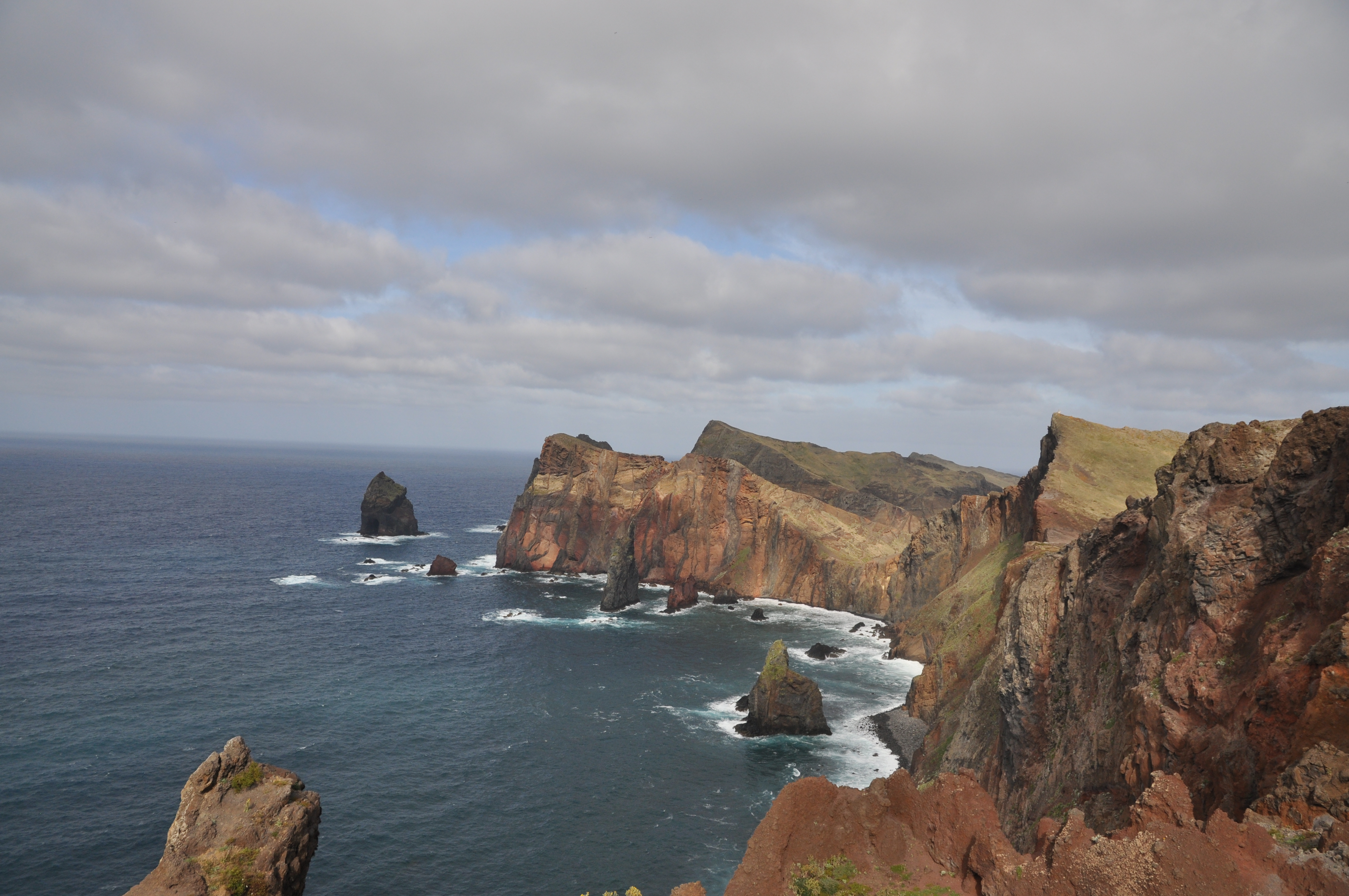
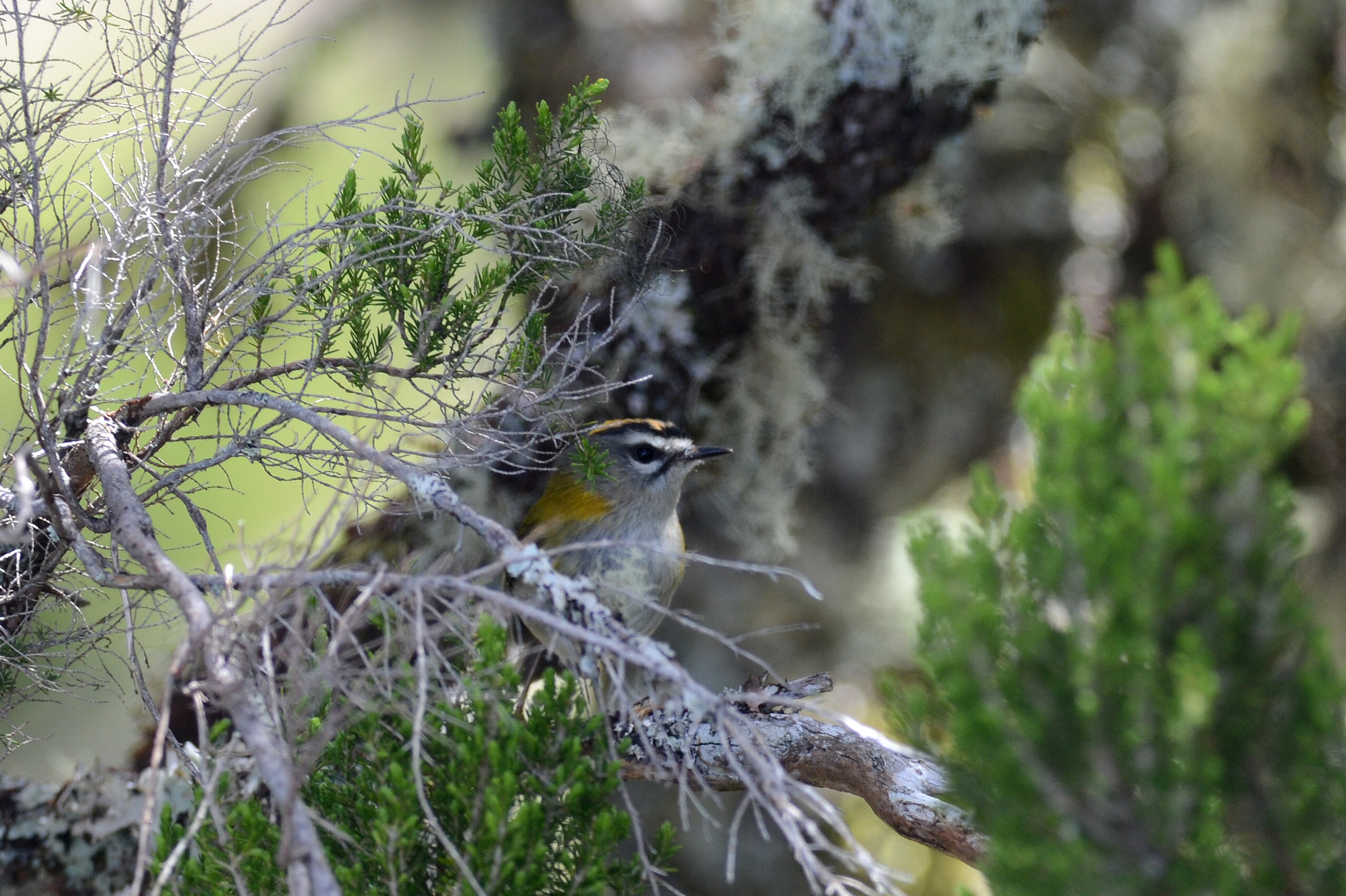
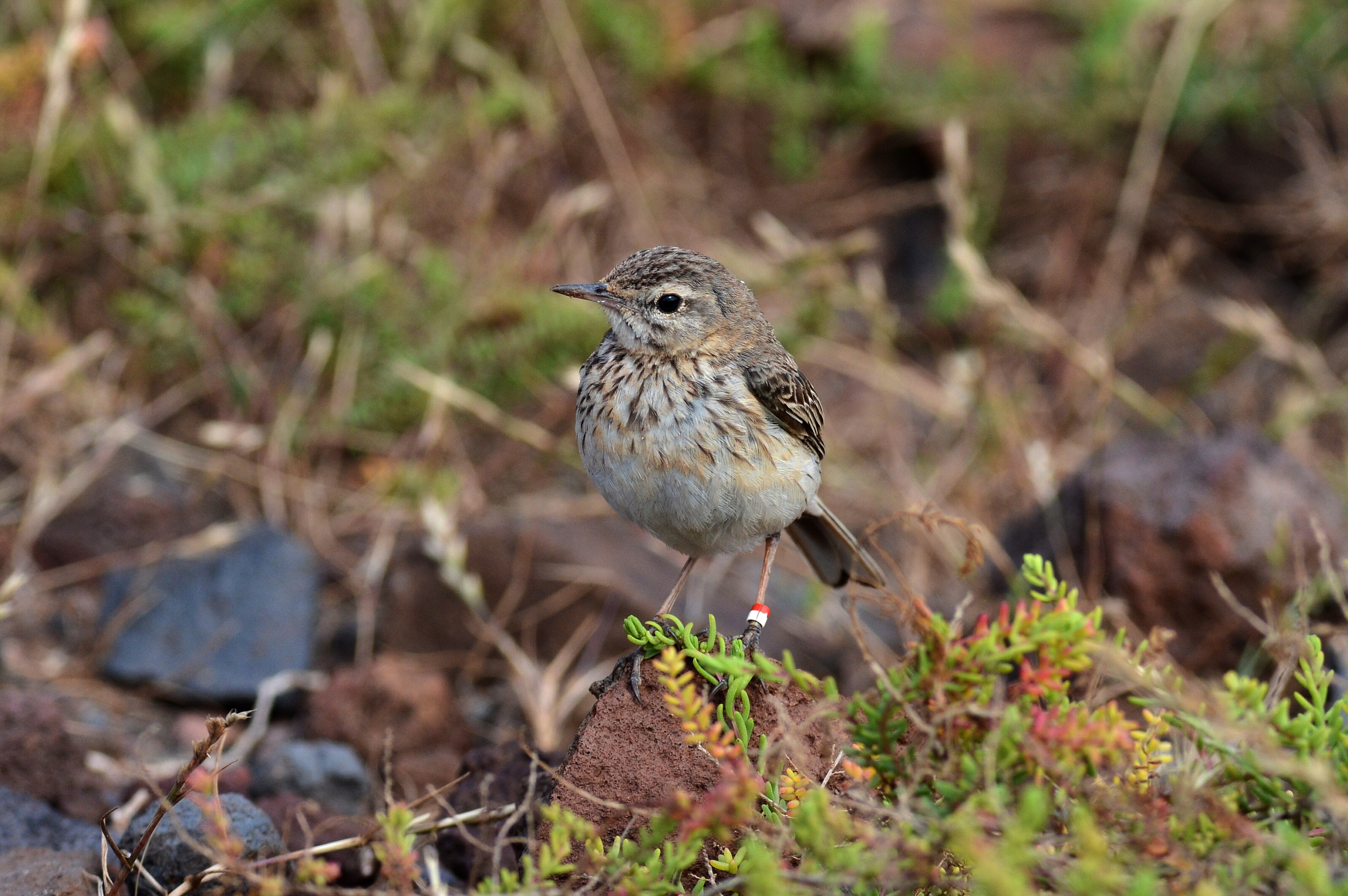
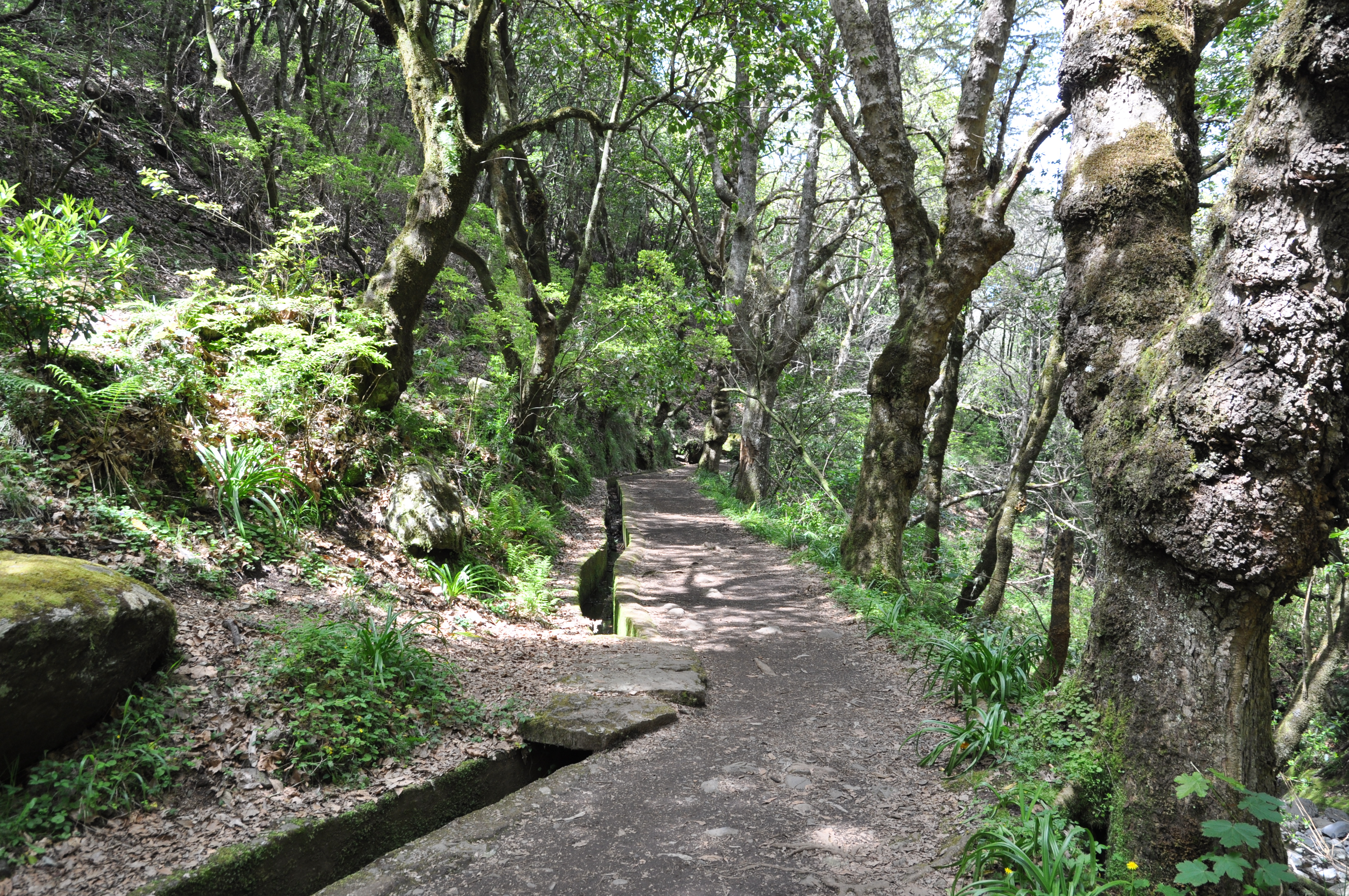
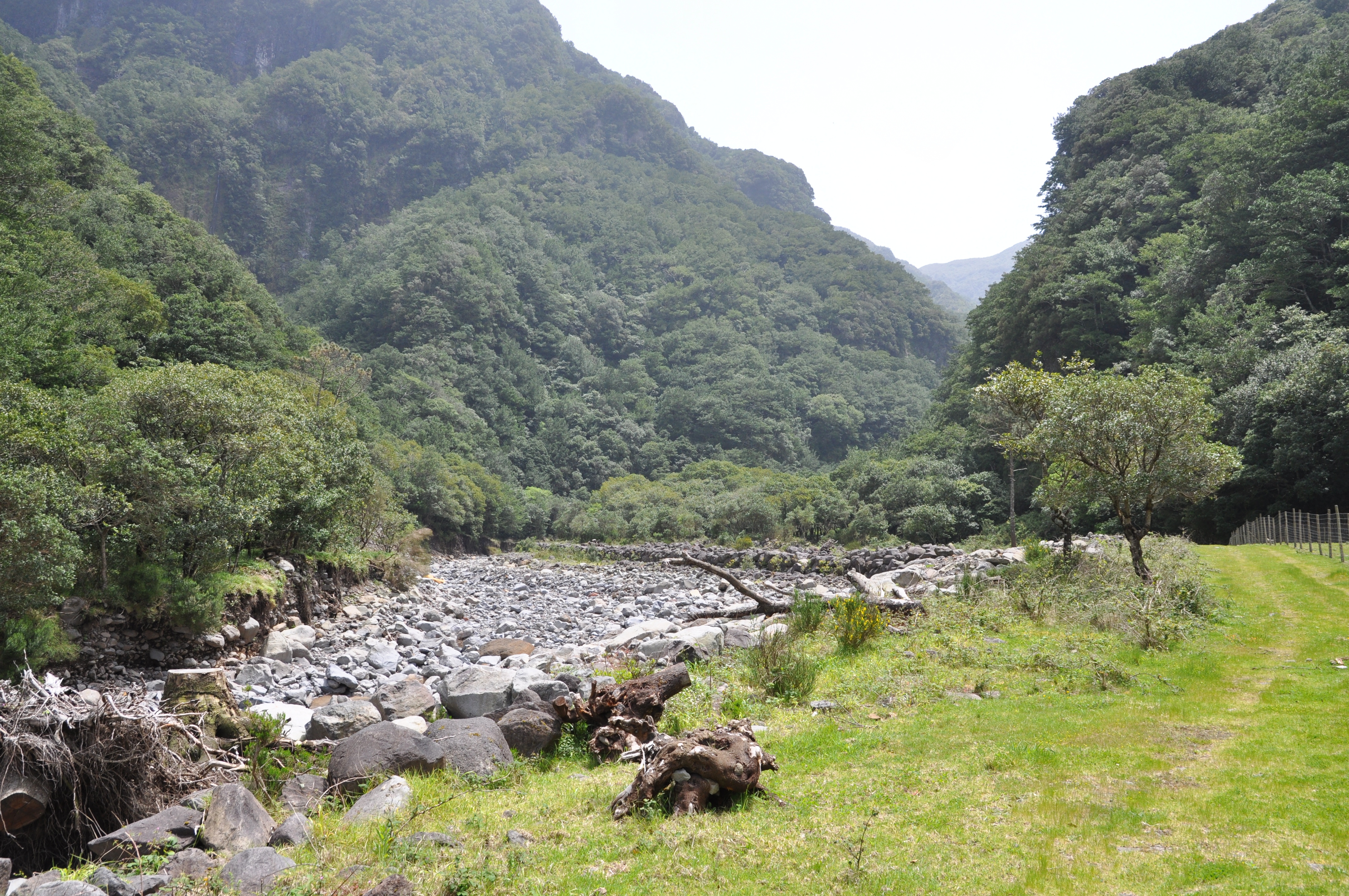
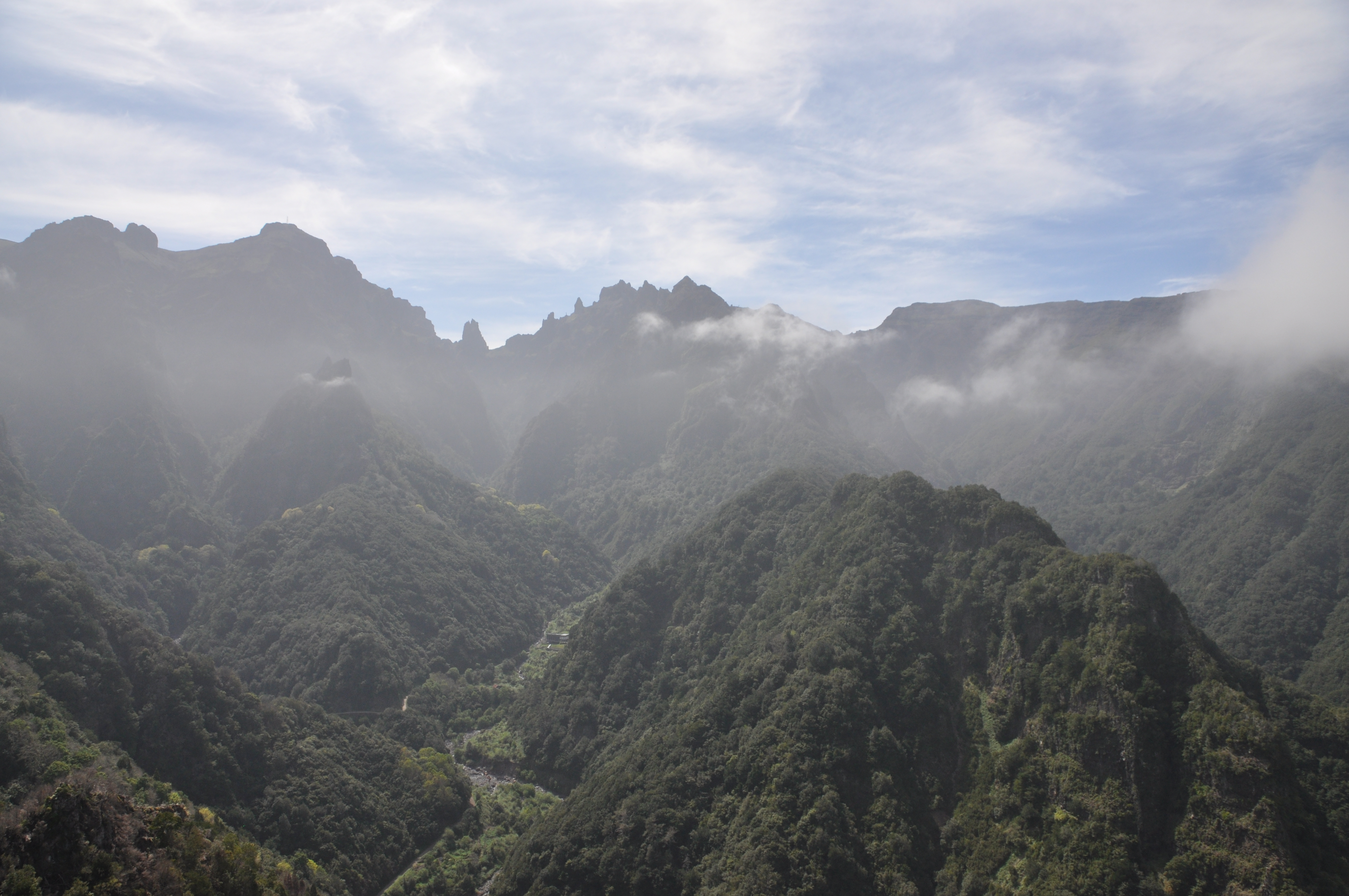
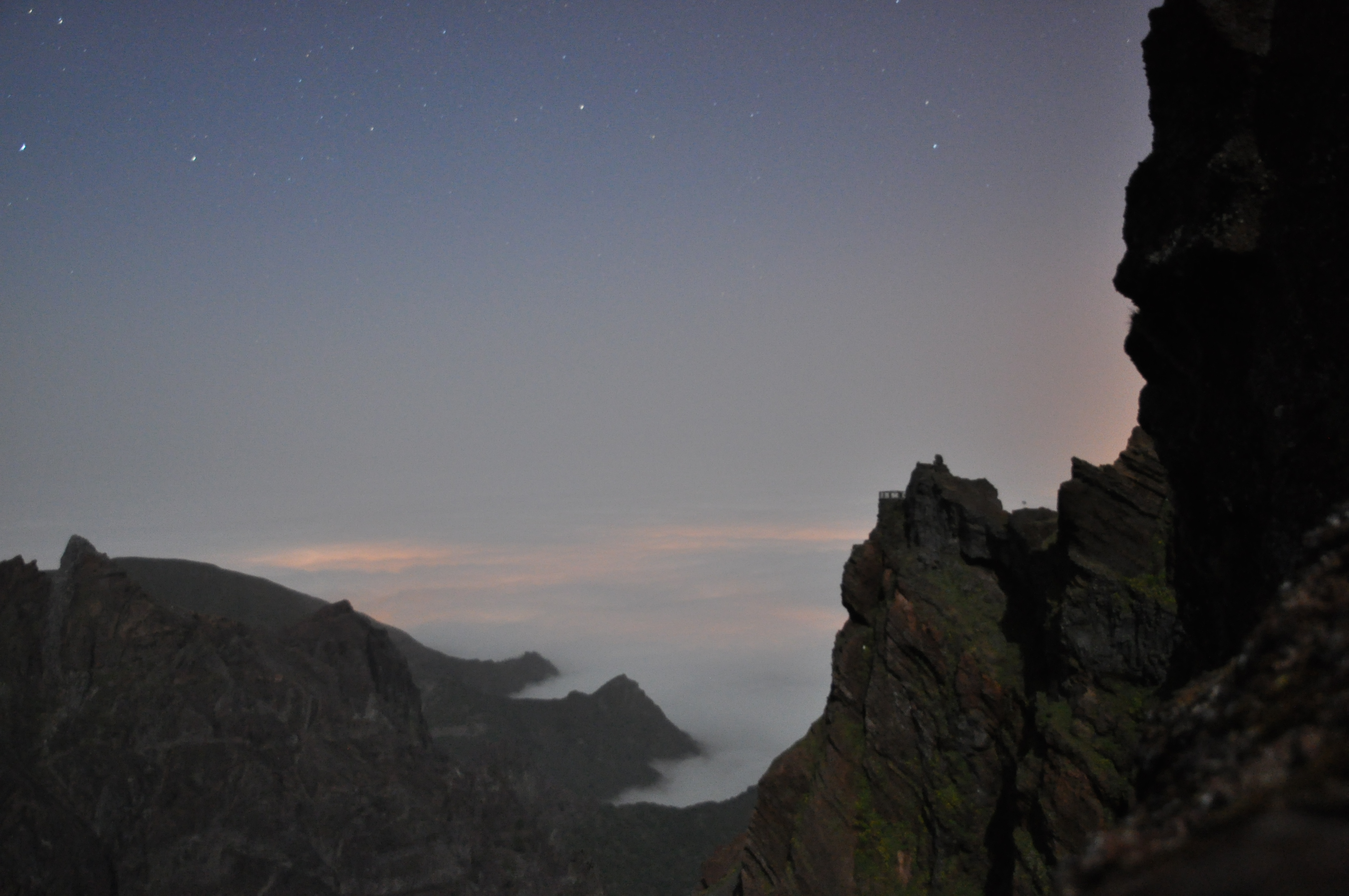
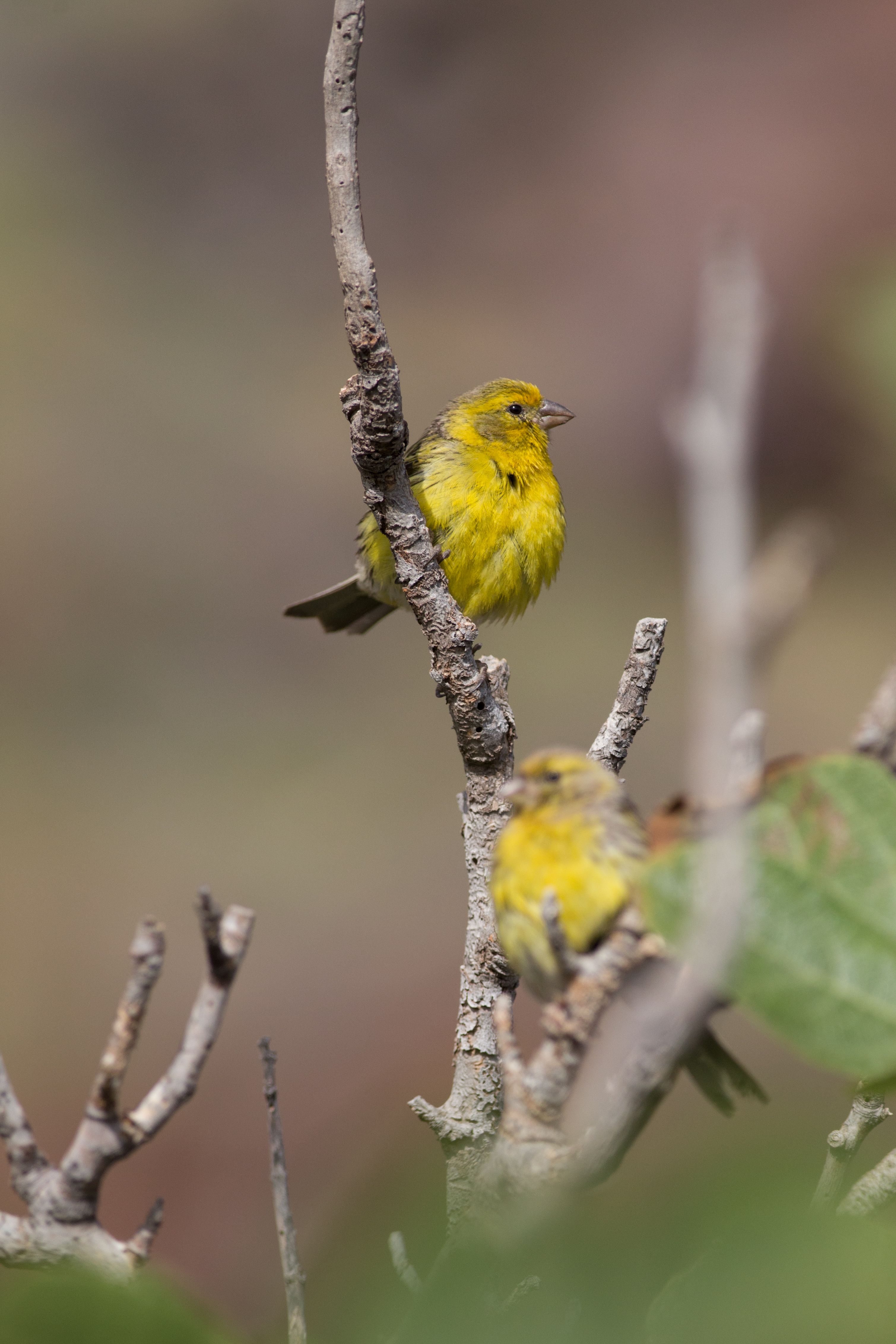
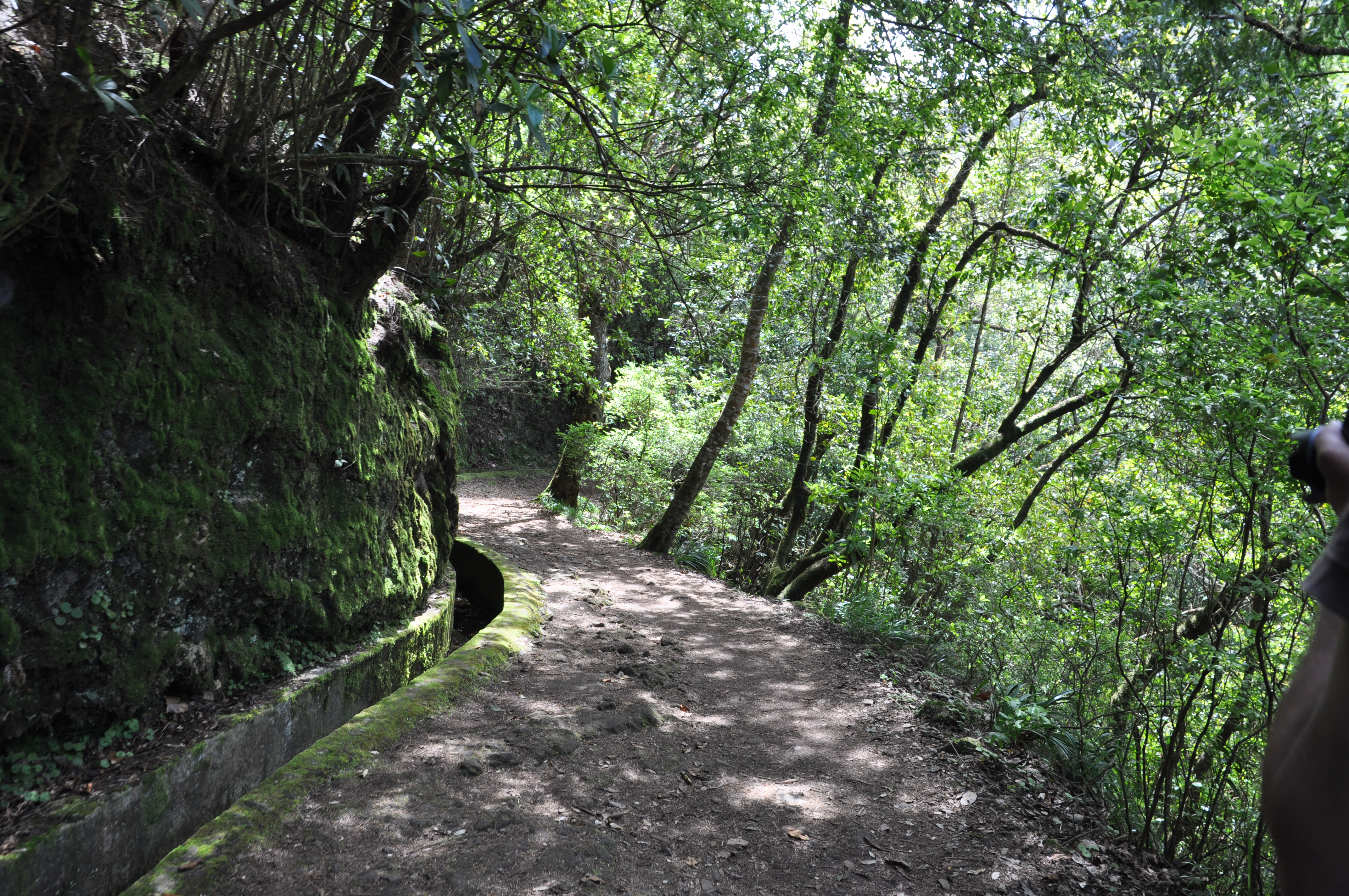
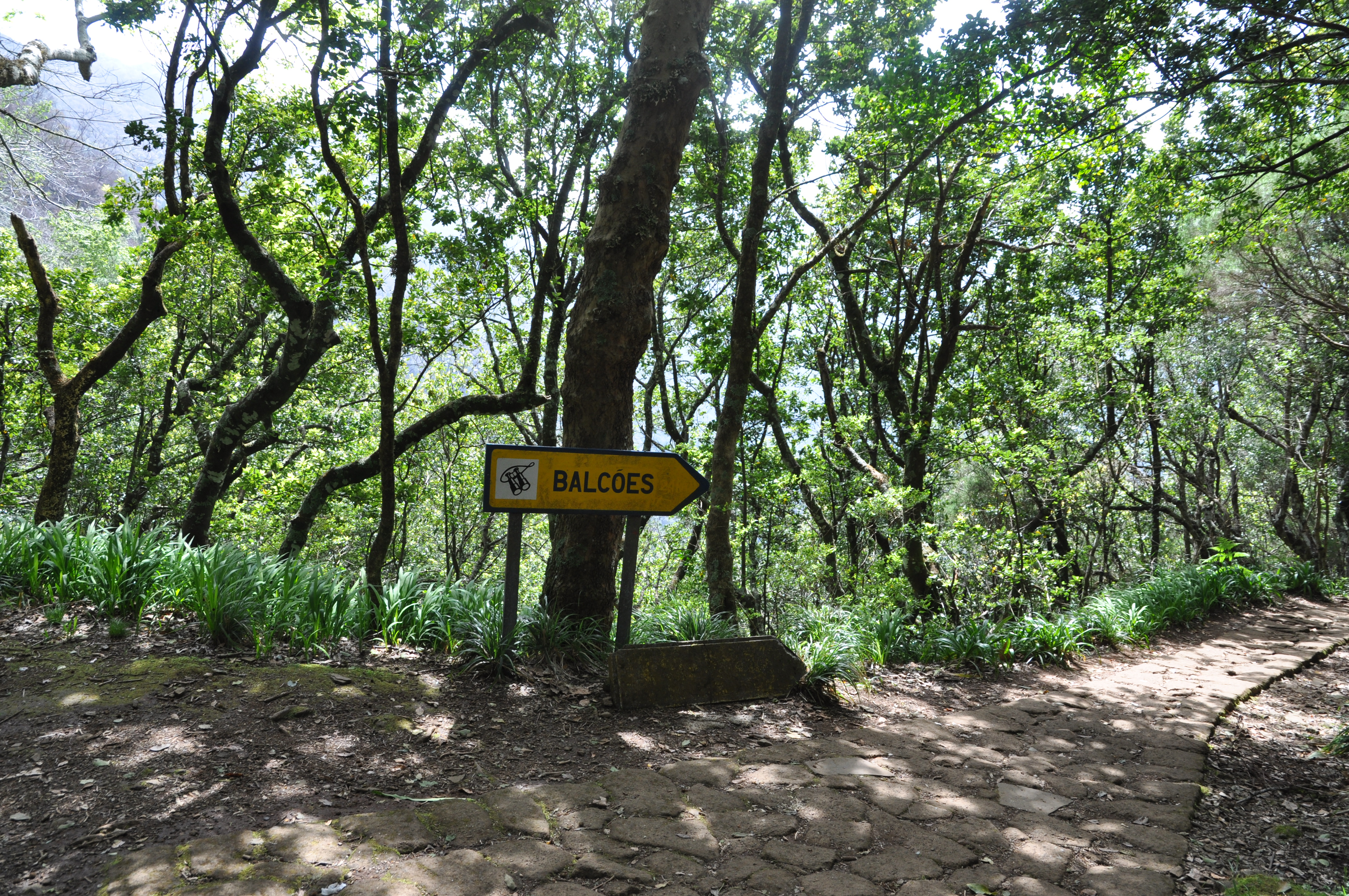
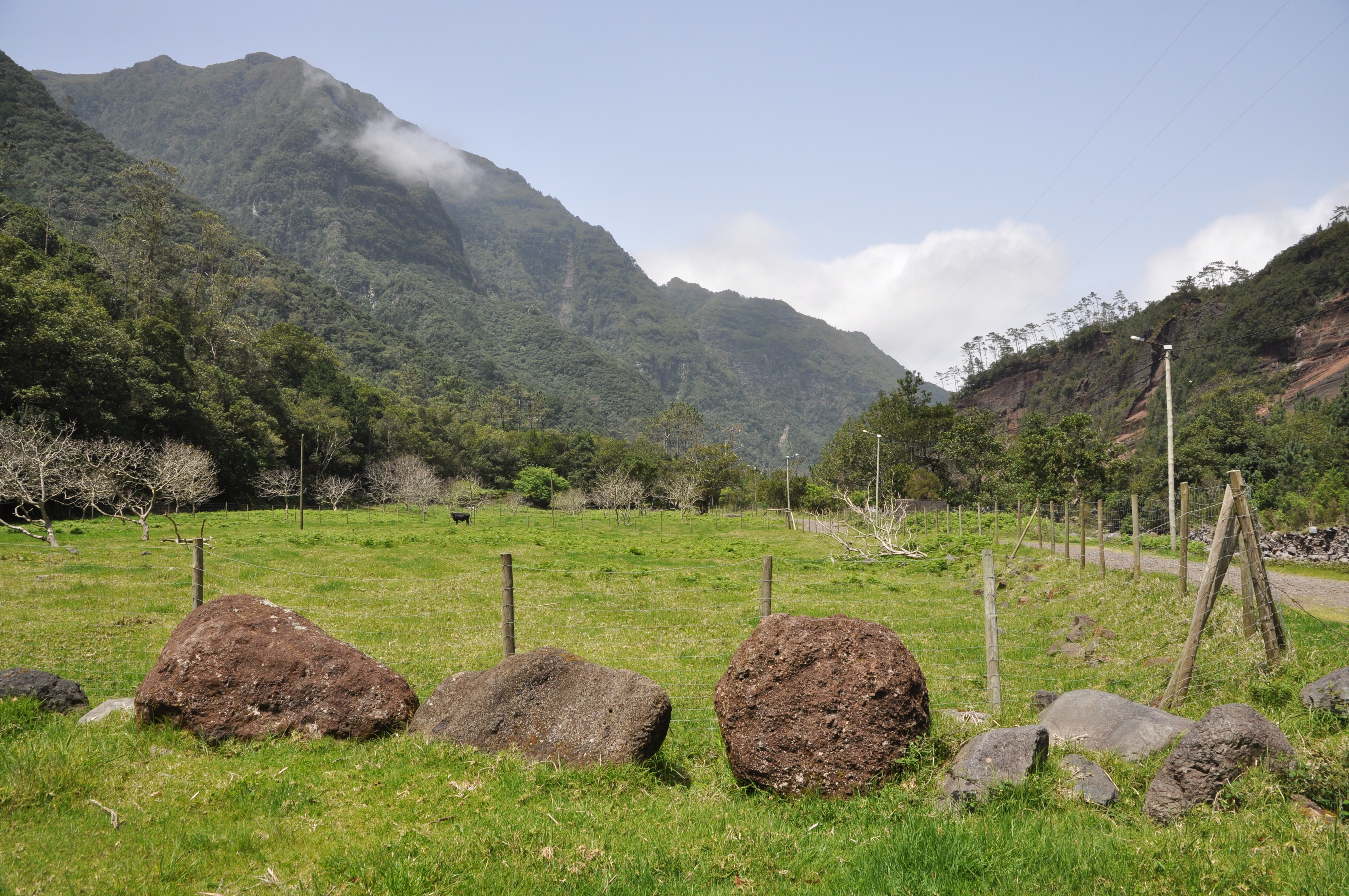
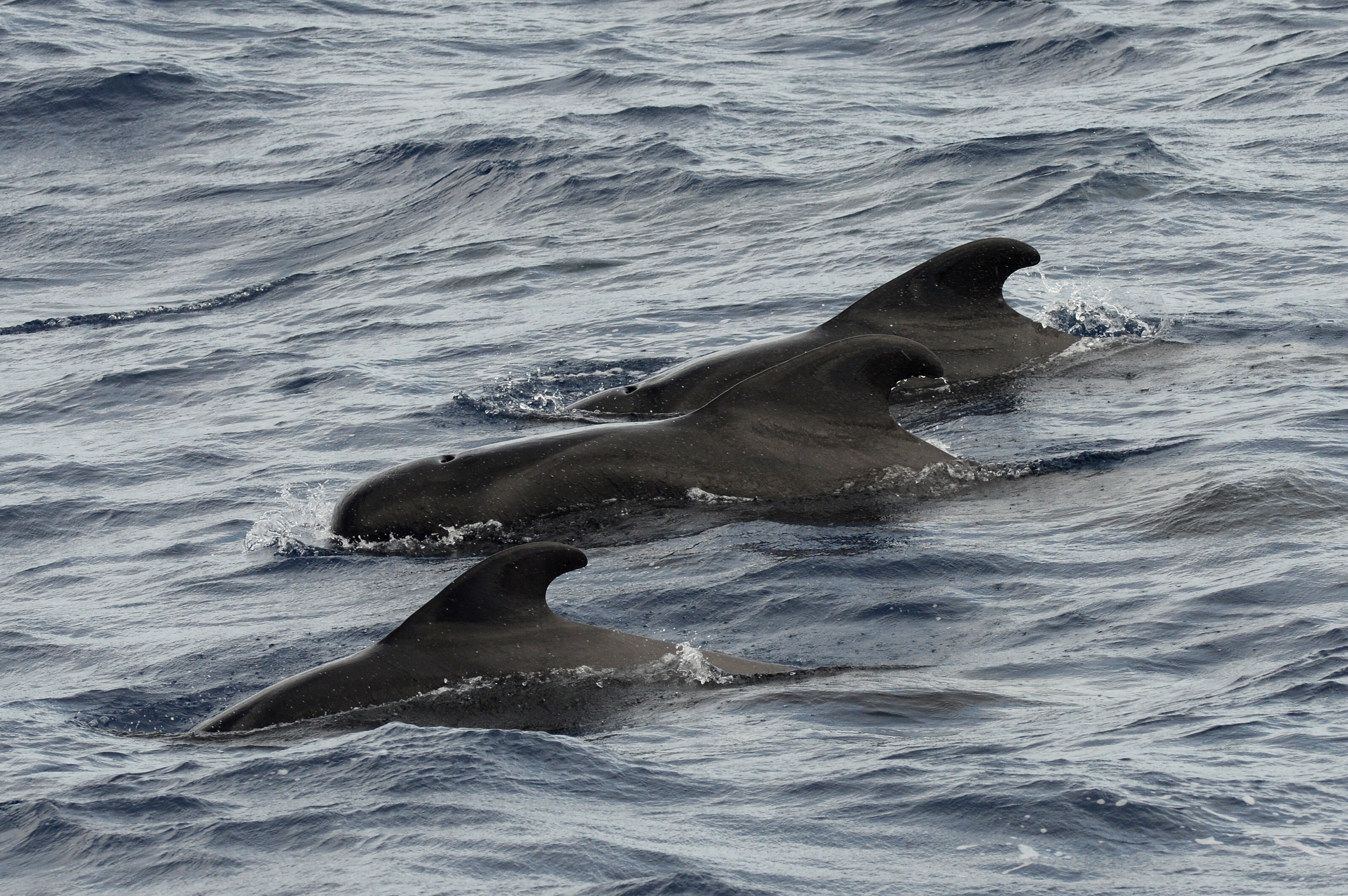















































Ask About This Tour
If you have any questions about this tour, please enter your details here and we will get back to you as soon as possible.
Alternatively, contact us by email or phone. We look forward to hearing from you!
- 0117 965 8333
- [email protected]
Or complete the contact form and we will endeavour to get back to you as soon as possible.
* = required field
